The Sony a7RIII was the camera that really made me believe in Sony. It took a deeply flawed camera (though with some great strengths) in the a7RII and turned it into the most complete camera on the market at the time. It had a little bit of everything: great sensor, great autofocus, great video performance, and improved ergonomics. I liked it well enough that I immediately bought one. The one thing that mostly stayed the same was the excellent 42MP sensor from the a7RII. The a7RIV (my review here) debuted a new sensor (with a then-record 61.2MP) and improved autofocus but also had a lot of similarities to the a7RIII in other areas. There were a number of shortcomings that I thought were left unaddressed. I had a list of things in my review that I thought should have changed but didn’t. But much like the a7RIII, the new Sony a7RV carries forward the excellent sensor from the previous generation but essentially improves almost everything else on the camera. The list of new features and changes is a long one!
One of my critiques about the a7RIV is that it had a massive amount of resolution (61MP) but no way to reduce that resolution for the situations where it was overkill. You could switch to an APS-C crop mode (at 26MP), but that would change the angle of view of your lenses. The a7RV introduces both an MRAW (26MP) and SRAW (15MP) in the Lossless Compressed mode that allows you to shoot at lower resolution levels for those situations where you don’t need the full resolution. It also retains multiple options for the RAW file type at full resolution, which include Uncompressed, Compressed, and Lossless Compressed (which is typically my file type of choice in most cameras).
The long list of improvements on the a7RV basically check off every box that I would look for in this class of camera, and, much like the a7RIII, I feel like the a7RV is the upgrade that many people are looking for who might have skipped the a7RIV upgrade path. This is an incredibly complete camera, and while its price tag of roughly $3900 USD isn’t low, this is a LOT of camera for the money. We’ll explore the pros and cons of Sony’s latest camera more deeply in this review, and you can also watch my video review if you prefer that medium.
Follow Me @ YouTube | Patreon | Instagram | Facebook | DA Merchandise | Flickr | 500px
Thanks to Gentec (Sony’s Canadian Distributor) for sending me a loaner of the a7RV. As always, this is a completely independent review.
List of Features and Improvements
If you get lost in lengthy reviews, here’s a little bullet-point breakdown of what’s stayed the same, what’s changed, and what didn’t change but should have since the a7RIV:
What stays the same:
- 61MP – Full frame BSI-CMOS Sensor
- 10fps continuous shooting with AE/AF tracking
- Interval shooting
- Pixel Shift
- NP-FZ100 battery
- mic input and headphone output (3.5mm)
- Same ISO range (native 100-32,000)
- Dynamic Range and ISO performance
- Similar body and button layout
- 240.8MP Pixel Shift feature
What’s different:
- 8K24P and 4K60 recording
- Support for CFExpress Type A cards
- Much deeper buffers (up to 583 RAW images)
- Ability to choose MRAW (26MP) or SRAW (15MP)
- 693 vs 567 Phase Detect points – 79% coverage (more points, slightly less coverage)
- 567 Phase Detect Points in APS-C mode (vs 325)
- Newer image processor (BIONZ-XR) and AI learning for superior tracking
- More detectable subjects for AI tracking (Humans, Animals, Birds, Insects, Car, Train, Airplane)
- Improved IBIS performance (up to 8 stops vs 5.5 stops)
- Improved Viewfinder (9.44M dot vs 5.7M dot)
- Higher viewfinder magnification (0.90x vs 0.78x)
- Improved LCD screen (3.2″ vs 3″, 2.36M dot vs 1.44M dot resolution)
- Fully functional touchscreen
- Fully articulating screen with 4 axis points (tilt + articulating)
- Full size HDMI port
- Can record video without time limits
- Mode dial allows separate setup for stills and video
What Should have Changed (but Didn’t!)
- Higher burst rate?
- Still no internal GPS option
What the bullet points can’t cover is how all of this plays out in real-world use, so let’s cover these areas in more detail.
Sony a7RV Handling and Ergonomics
There are minimal differences in size and weight between the aRIV and the a7RV, though the latter in many ways takes more cues from the basic layout of the a7IV. The basic size is very slightly larger at 131.3 x 96.9 x 82.4 mm (W x H x D), or 5.2 x 3.8 x 3.2″. That’s a few millimeters larger in each dimension, all of which adds up to a slight increase in weight to 723g (1.6lb) from the 1.46 lb (665g) of the a7RIV. Sony continues to increase the grip depth of their cameras, which I find welcome, though I still find that Sony cameras don’t leave a lot of room between the grip and many lenses. It’s still not unusual for my knuckles to be pressed up against the lens barrel while gripping the camera.
Other than that, the grip feels good in the hand. I no longer feel like my pinky finger has no place to go. I still prefer the feeling of Canon’s grips on cameras like the EOS R5, but this is one of the best executions of the family Sony full frame mirrorless camera shape. I was pleasantly surprised to find that that the a7RV is compatible with the VG-C4EM vertical battery grip, which is also compatible with the Alpha 1, a7 IV, a7R IV, a7S III, and a9 II. The grip will allow you to utilize two of the NP-FZ100 batteries and extends your shooting life. That could be important, as the additional focus and processing power on board the a7RV combined with a higher resolution EVF and rear LCD means that the a7RV will burn through battery power a little faster than the a7RIV. The NP-FZ100 is rated here for 440 shots through the viewfinder and 530 shots using the LCD screen. That’s down from 530/660 on the a7RIV, so you might want to buy an extra NP-FZ100 battery or two.
Overall the ergonomics feel very similar with just a few differences. I happen to own the a7IV, and the button layout is identical. Like the a7IV, the a7RV swapped the position of the C1 and movie recording buttons, so the C1 button is on the back next to the viewfinder (right side) while the movie record button is on the top of the camera next to the C2 button. The a7RV also uses the a7IV convention of not having the Exposure Compensation dial labelled. I don’t love this, as I always use that dial for Exposure Compensation, but the argument in favor of this change is that the dial can now easily be assigned a different function if you don’t want to use it for exposure compensation. The dial doesn’t have a predetermined limit in either direction, either, so it can be easily used for a completely different function. Menu options include exposure, white balance, or Color/Tone. This dial does have a locking mechanism that is either locked or unlocked, not one that you hold down during rotation.
Also borrowed from the a7IV is the two layer dial that has mode on the top (Auto, PASM, and 3 custom modes) and then a Stills/Video/S&Q (slow and quick) option below. This is great, as it allows you to have a completely different configuration for stills and video, up to and including button and menu customization for each setting.
The a7RV retains the a7RIV’s improvement to things like the rear joystick, which had better better surface texture and more precise movement compared to older models. The front wheel on the a7RIV received a slight cant upwards that makes it fall more readily to the finger, and the rear wheel was moved up to a higher position on top of the camera body where it is easier to get one’s thumb on it.
But there are areas where the a7RV is a huge ergonomic improvement over the a7RIV, and that primarily has to do with the rear LCD screen. I had complained in one Sony camera review after another over the lackluster implementation of touch on Sony’s LCD screens, and Sony finally listened starting with the a7SIII. Touch was fully implemented on all menus and there was less input lag. That carries over here, though we also get an upgrade in the LCD size (now 3.2″ rather than 3″). Photographers have debated whether a tilting or articulating screen is better, and Sony has answered that question in a novel way.
How about both?
Sony’s new 4 axis LCD screen allows you to have either tilting OR articulation. You can tilt the screen out if that is your preference. You can articulate it down for use in shooting with the camera in vertical position. You can articulate it out to the side or facing the front for monitoring in different positions.
Surely this will become the new standard that other cameras aspire to. It just makes so much sense.
Also upgraded is the viewfinder. It was upgraded to the Alpha 1 spec viewfinder that adds better coverage (0.90x magnification) with higher resolution (9.4M dot). The Alpha 1 allows you to have a slightly faster refresh rate (up to 240FPS), but the 120FPS spec here is still very high end. We have definitely gotten very close to the clarity of a optical viewfinder but with all the benefits that an EVF brings (magnification, overlays, menus, etc…) This is a fabulous viewfinder. And, for me, the biggest advantage to an EVF is when using manual focus lenses. It shows true depth of field, for one, making visual confirmation of focus easier. You can easily magnify the image in the viewfinder, allowing you to nail focus every time. You can choose to add colored focus overlays (focus peaking) in different shades that will highlight areas in focus. This final method isn’t my favorite, personally, as it makes the shooting process less organic. One of the keys to being an effective photographer is the ability to visualize – to see color, light, and shadow – and I find overlays interfere with that. Still, it is my love for my manual focus glass was one of my primary catalyst in moving to mirrorless bodies. Nailing focus consistently adds so much enjoyment to using these lenses…and the EVF is the single biggest reason for that.
Like the a7RIV, the feel of the doors and ports on the a7RV is improved over earlier cameras. They have better gaskets and seals and open in a cleaner way than older cameras. The doors don’t just hang there like before. The a7RV has a nice level of weather sealing with gaskets throughout the camera.
The side of the camera with the ports doesn’t look all that different, but there are some important upgrades there. First of all is that the a7RV has a separate port (like the a7IV) for the microphone out. This is very useful as it allows you to have the screen facing forward for monitoring while having a microphone plugged in.
The headphone monitoring jack occupies its own port as the HDMI has moved, and below that are the standard USB-C and micro USB ports. The USB-C port is upgraded to the USB 3.2 Gen 2 standard which allows double the transfer rate (up to 10 Gbps vs 5 Gbps). We have been upgraded from a mini-HDMI to a full size HDMI (sure to be welcomed by videographers!) that has moved up to the front port where it shares real estate with the flash sync port.
While the a7RIV did have a minor upgrade in that both (rather than just 1) card slot were UHS-II compatible, the a7RV upgrades to having dual CFExpress Type A/UHS-II SD slots which allow you to use either/or in each slot. I tend to use the “Sort” option that writes RAW images to one card and JPEGs to the other. CFExpress Type A cards are expensive (my 160GB card retails for $350!), so I compromise by having the CFExpress card in Slot 1 and then an SD card in Slot II. The upgrade to CFExpress here allows for much faster data transfer (almost 3x as fast) which in turn enables much deeper buffers as we’ll see in a moment. I personally use and recommend the Sony Tough cards for SD cards and the Sony Tough CFExpress Type A cards are very good as well, though slightly more expensive than the similar Delkin Black card I’m currently using in my Alpha 1. This move along with faster processing allows for both deeper buffers and also for those buffers to quickly clear, making the a7RV much more useful for capturing action than what the a7RIV was.
Sony’s 5 Axis in-body-image-stabilization (Steady Shot) has gotten a huge upgrade here, moving from a CIPA rated 5.5 stops to up to 8 stops! That rating is reported using the 50mm F1.2 GM, so there will be some minor variation based on what lens is attached. I’ve found that Sony’s IBIS works better with shorter focal lengths in the past, so I was interested in how it would work with longer lenses. My longest focal length in my kit that doesn’t have lens stabilization is the Tamron 28-200mm F2.8-5.6 RXD. I shot with it at 200mm and the Tamron 35-150mm VXD at 150mm. I got nicely stable results at 1/5th of a second at 150mm (5 stops) with the 35-150mm (I didn’t test lower than than that with that lens)
I then tried the Tamron 28-200mm and got stable results at 1/4th of a second at 200mm (6 stops). I could have possibly gotten even better results than that if I had tried, but what this told me was this newest version of IBIS is going to work fairly well even with telephoto lenses, which is incredibly important.
Sony does a great job with this sensor shift stabilization, and, to me, the benefit of sensor-based stabilization is the fact that it works for all lenses…including adapted lenses, vintage lenses, and wide aperture prime lenses. Having stability in a high-resolution body is even more important, as we will see in a moment.
One nice feature of Sony’s IBIS is that if you are using a lens with electronics (even an adapted lens), it will automatically adjust for the focal length. If you are using a lens without electronics you can manually set the focal length in the Steady Shot settings. I found that experimenting with that setting definitely made a big difference in the results and steadiness of the viewfinder image. An additional upgrade here is that the a7RV now sports Sony’s Active Mode for video capture which adds digital stabilization into the mix to help with those handheld video shots. The combination works very well for getting run and gun video.
The a7RVsports an intervalometer that is well-implemented for shooting time lapses, though I continue to wish there was an option for creating the timelapse movie in-camera, as downloading potentially hundreds of images and then creating the time lapse in software feels like unnecessary extra work. I would prefer to have a both/and option rather than either/or for this.
Ditto for the Pixel Shift feature, which is mostly unchanged from the a7RIV.
What is Pixel Shift? Pixel Shift functions by taking up to 16 photos (options are 4 or 16) while shifting the sensor one-half pixel in between, which results in getting massive amounts of information at a pixel level. Those (up to) 16 images are blended together (in software) to produce a single file with as much as 241MB, plus it eliminates things like moire and even increases color accuracy. This is particularly noticeable at a pixel level, where the file has much more resolution. Pixel Shift works best with a subject in which there will be no movement in between frames (architecture, for example), as there will be some minor delay between shots. Landscape images might be marred if there is any breeze present.
After shooting you will have either four or sixteen uncompressed RAW files in camera (there is no automatic combining of files in camera, unfortunately). You have to combine these files in post afterwards, and, at least for now, this is unsupported by Adobe or other third party software makers even after several years of the technology being on the market. You are required to use Sony’s own Imaging Edge Software to combine the images. The end results are impressive, but, as things exist in the present, the technology has limited scope/applications. I actually prefer the 4 file option, which now creates a 61MP file (same resolution as normal) but with additional detail, contrast, and color fidelity due combining information from the four files. The downside is that the file size is roughly 4x higher than an uncompressed RAW, or about 480MB. Huge, in other words. But the 16 image file is a staggering 1.9GB in size. I have a very powerful workstation (with 32GB of RAM), and it still gets choppy with a file this size. Here were my findings when testing this on the a7RIV:
“A conversion to DNG in Lightroom resulted in 178MB and 664MB files respectively for the 4 image and 16 image options. In a couple of attempts, I didn’t actually find the 16 image file for me made an appreciable difference over the 4 image file (even when downsampled to equal size), and so it is highly unlikely to be a part of my regular workflow.
Here’s a look at a few pixel level crops from an image taken in normal compressed RAW (smallest file size at about 61MB) and the 4 shot Pixel Shift image (480MB):
You’ll be forgiven for thinking that the difference is not night and day. Yes, there is better contrast and slightly better resolution, but the different is not significant enough to use other than in incredibly critical situations. I suspect that Pixel Shift will be more of a novelty for most photographers.”
Another feature I continue to wish was internal is GPS logging and geotagging. This is handled via a bluetooth connection to your smartphone and having the Sony Image Edge Mobile app active (and the Location Linkage set up). The problem? It doesn’t really work consistently, in my experience, leaving some images tagged and others untagged. You essentially need to be sure that the Bluetooth link is active before you start shooting (at the very least at the beginning of your shoot). I really wish this was handled internally, as the Canon cameras I’ve used with this internal GPS work much more reliably, though with at least some battery drain.
In summation, though, the a7RV is improved in so many ways over the a7RIV. It feels like a serious upgrade even though the camera doesn’t look or feel a lot different at a glance. The a7RV feels much the same in the hands, but operationally it is hugely improved on so many levels. I really like it.
a7RV Autofocus Performance
The headline on paper is the upgraded amount of autofocus points (from 567 to 693 Phase Detect points), but in reality the biggest upgrade is the new AI Learning and intelligent tracking. Eye AF has proven to be an extremely reliable technology for when an eye is detectable, but the AI-driven tracking helps to fill in the gaps. This includes to detect and track the subject when they are too small in the frame for an eye (or face) to be detected, when they are turned away from the camera, in profile, or have their face obscured for some reason (a helmet or when they move behind another object temporarily). Whereas humans, animals, and birds were recognizable and trackable before, new subject tracking subjects include Insects, Cars, Airplanes, and Trains. My time with the a7RV didn’t include many of these new subjects, but what I did find was the technology is improved even with the traditional subjects. Case in point:
This shot may not look remarkable, but I was actually in the processing of testing the IBIS (as mentioned in the section above). I was thinking that I would just focus on the “Home” sign on the mantle, but focus shifted to myself in the mirror. At first I was slightly annoyed, but then I realized that something a little bit amazing was happening. Sony’s amazing new AI tracking reliably grabbed onto my closed eye behind the camera…in the mirror…and in very dim lighting and reliably tracked it. I changed lenses for a longer focal length, and the same thing happened. I could see in the viewfinder that the AI was tracking my closed eye reflected/distorted in the mirror in very poor lighting conditions. That’s very impressive.
I had my assistant shoot using the a7RV and my current favorite event lens (the Tamron 35-150mm F2-2.8 VXD) in a church service. I looked back over the dozens of images from the service and found that every one of them was perfectly focused…even when the subject was in profile. It was also a great opportunity to test the real world usefulness of shooting MRAW. It was perfect for event work (where I don’t need 61MP of resolution), leaving plenty of resolution, very sharp results, and retains the editing flexibility of RAW.
The autofocus just feels very sophisticated and intuitive in general, and, while the a7RV doesn’t have as many AF points or the fast frame rate of Sony’s sports cameras (a9 series or Alpha 1), it provides a similarly sophisticated tracking experience. The coverage is roughly 80% of the frame:
This graphic also highlights the low light performance. I shot this photo of my youngest son lounging on the couch in an essentially dark room. I shot at ISO 10,000 and still got only a 1/20th of a second shutter speed at F1.8 using the Samyang AF 135mm F1.8. Despite being a third party lens, the autofocus immediately tracked his eye and delivered accurate focus, and the great IBIS gave me steady results even with the slow shutter speed.
I saw extremely accurate animal eye tracking in both good and bad lighting conditions. These three shots are all taken with a different lens (one first party, two second party lenses). All tracked perfectly.
One other point worth mentioned is that the a7RV is much more robust than the RIV in APS-C mode. The RIV would drop to 325 active phase detect points in APS-C mode, but the RV boasts as many PDAF point in APS-C mode (567 points) as the RIV had in total. That means that your tracking capabilities in APS-C mode are going to be extremely robust, which is important to the a7RV as a wildlife camera. The ability to still have 26MP of resolution in APS-C mode plus that many active PDAF points means that Sony’s current best APS-C camera is the a7RV in APS-C mode.
Bottom line is that the autofocus system here is pretty magical in its capabilities. The tracking is easily the most sophisticated that the a7R series has ever seen, and the deeper buffers also mean that despite the ultra-high resolution the Sony a7RV is a very versatile camera that could be used by anyone for a variety of purposes.
Buffer and Burst Rate
The a7RIV had a fairly anemic buffer depth of 68 Compressed RAW files in the a7RIV. It shared the weakness of the a7RIII of that buffer also taking a long time to empty. The buffer depth of the a7RIV was actually lower than the a7RIII, which I attributed to the amount of data that the camera had move due to the extremely high resolution. The a7RV is still capped at a 10 FPS burst rate, but now the buffer depth is dramatically deepened. Where the RIV could only record up to 68 JPEG images, the a7RV will record 1000+ JPEGs. RAW files? You can now record up to 583 compressed RAW images and 547 Lossless Compressed RAW files. You can even get 135 Uncompressed RAW images, which at 10FPS is still 13.5 seconds of action. You can hold that shutter down for nearly a minute when recording compressed or lossless compressed RAW files…at 61MP! That’s very impressive.
Both card slots can support either the very fast CFExpress Type A cards or the better UHS-II rated SD cards. If you want to capture a lot of action, I would recommend in investing in at least one of the former, but even with SD cards you’ll get much better buffer performance than what we saw on the a7RIV.
Sony a7RV Sensor Performance
The Sony a7RV inherits the 61MP Full frame BSI-CMOS sensor first seen in the a7RIV. This was already a great sensor that was mostly limited by the inability to choose both RAW and a lower resolution, meaning that you were stuck at that ultra-high resolution (9504 x 6336 pixels) all the time. That’s changed in the a7R5, of course, which makes this sensor more accessible than ever. It also creates some interesting options for dealing with, say, high ISO (dimly lit) situations.
Sony knows how to make a great sensor, and despite the high resolution this sensor ranks amongst the best out there for dynamic range and even turns in a fairly strong ISO performance. We’ll dive into those details here.
Resolution
My chief complaint over the a7RIV is that the resolution was overkill for most photographers in most situations, and the fact that you couldn’t elect to both shoot RAW and a lower resolution level limited the versatility of the camera. That is solved now, as the a7RV introduces both an MRAW (26MP) and SRAW (15MP) in the Lossless Compressed mode that allows you to shoot at lower resolution levels for those situations where you don’t need the full resolution. These resolution levels match the three JPEG options that were already available (and you can also choose the HEIF format instead of JPEG). In the a7RIV the only way to get both RAW and a lower resolution was to activate the APS-C mode (26MP), but then one also activates a 1.5x crop, which changes the angle of view on all your lenses. I want to be clear that this isn’t the case with the MRAW and SRAW options now available; they are still full frame with similar (though not identical) crops. When I shot in the three different modes from a tripod with a static subject, I actually found that MRAW framed ever so slightly wider than the full RAW, and the SRAW was very slightly wider still. The resolution of the MRAW files is 6240 x 4160 pixels, and the SRAW resolution is 4752 x 3168.
You can also choose a few options for the type or RAW or JPEG/HEIF file size, which gives you some flexibility on the size of images for storage. Sony Alpha Shooters has a post which demonstrates file sizes with different scenes, and here’s one of the examples to give you some baseline for how the different formats and resolution levels compare.
I personally prefer the Lossless Compressed RAW format for most situations, as the file size is workable but it gives up very little compared to the uncompressed RAW format in terms of quality. Obviously the smaller the file size the easier it will be to process images, which can be really important for, say, a wedding photographer that comes home with 1000 images.
I prefer having high resolution, however (particularly when, like here, I can choose less if need be). This gives one incredible versatility in how you can frame an image. Take this photo from my a7RIV review, for example:
I only had the Sigma 35mm F1.2 DN lens with me, and because of the physical location, I couldn’t get closer to the old mill. I didn’t love the foreground, and felt the image didn’t draw the viewer into the main event – that gorgeous old mill in the autumn scene. The sky is also quite bland here. So I did a 16:9 crop from the center of the frame and got this image:
What’s amazing, however, is that this deep crop still has the same resolution as the a9/a7III sensor, with plenty of resolution for even large prints. Imagine the possibilities this opens up for macro shooters, wildlife shooters, and even landscape photographers that can create entirely different framing of scenes from one location.
As previously mentioned, the APS-C crop mode is equally useful for the same reason. I like to assign APS-C/Super 35 to a button (C1, for me), so that I can easily switch back and forth between framing options. I find this incredibly useful at events where I don’t need as much resolution (and am more likely to deliver photos right to the client), as I can change up framing options on the fly.
Marketing hype for certain lenses (ahem, G Master), has created a somewhat false perception that only certain lenses will “work” on a high resolution body. My experience on a number of high resolution cameras that I have either tested or owned is that the sensor of a camera does not change the optical properties of a lens. What does change, however, is the amount of pixels that aberrations and optical flaws cover. Instead of a few pixels, purple fringing will cover 2-3x more…making it much more obvious at a pixel level. Ditto for the “haze” to textures that comes from surface aberrations.
Here’s a good example. A few years ago I used that same Sigma 35mm F1.2 DN ART and tested for for coma on both the a9 and the a7RIV. Obviously the lens has equal amounts of coma in both applications (same optics), but at a pixel level the comatic aberrations (wings growing on stars in the corners) is much more obvious on the a7RIV:
I shot with a number of lenses on the a7RV, and a good lens is going to look good on a high resolution body. Take a look at this shot from the underrated Sony 35mm F1.4 GM lens…at F1.4. Even with 61MP of resolution, the crop from this image looks amazing.
Likewise this shot from the less expensive but still excellent Samyang AF 135mm F1.8:
It’s not a GM lens, but it is extremely good optically, so 61MP is no problem for it.
But I felt like another Samyang, the AF 50mm F1.4 II, showed a little vulnerability wide open. Results weren’t as crisp, and I could see a little more chromatic aberrations because they occupied more pixels.
The lens sharpens up fine when stopped down a bit, but I think this illustrates the point. If you want to see how a number of other lenses hold up, take a look at this video that I did when I reviewed the a7RIV.
The improved IBIS (in body image stabilization) is an asset here, as that helps with motion blur. Like other aberrations, motion blur will occupy more pixels and make images look softer, so having good stability is extra important when shooting at higher resolutions. As noted earlier, I felt like I was able to experiment more with lower shutter speeds due to that excellent IBIS. Here, for example, I shot at a lower shutter speed (1/40th second) even at 150mm handheld so that I could contrast the static detail of the ice formed even while capturing some movement in the stream.
I shot this image at a temperature of about -18C (about zero Fahrenheit) while standing in knee deep snow – not exactly ideal conditions for steady hands!
The bottom line is that I finished my review of the a7RIV with little desire to actually own the camera (I ended up buying the Alpha 1 later instead), but I’m very tempted by the a7RV at least in part because the high resolution is more manageable due to the increased options Sony has given us here. I suspect I’m not alone in that.
Dynamic Range
Dynamic range gives the photographer (and particularly the post-processor) more latitude to fulfill their vision. This could be in the ability to recover a blown-out sky or shadowed area as a landscape photographer or the ability to balance a foreground subject with a background or sky for portrait photographers. I’ve also been able to save images where I captured something special but a flash didn’t fire. I’d always rather have more than less dynamic range in a camera sensor, even though I don’t think you should always try to maximize dynamic range in every image.
As DR has improved dramatically in recent years, I have found that I do exposure blending/HDR less often, as it is often possible to get the result I want out of a single exposure. This helps simplify my workflow and yet create images that fulfill my artistic vision. Dynamic range is the range of visible light that a sensor can record, and according to Photons to Photos, the a7RV manages to squeeze just a hair more dynamic range (11.7 vs 11.62 stops) out of the 61MP sensor than what the a7RIV did. But wait, you say, doesn’t Sony claim over 14 stops? Yes, but if you look specifically, they are referring to 14+ stops when using the LOG3 profile for video. The truth of the matter is that there is a lot of different standards for how dynamic range is tested, so I like a site like Photons to Photos as they use the same methodology over a wide range of cameras and I can look through their findings and compare them to other cameras. What I found is that the dynamic range of the a7RV is better than about 99% of other full frame sensors and only consistently bested by Medium Format sensors. The bottom line is that the a7RV is a very strong performer for dynamic range.
I like to run a practical test for recovering shadows and highlights where I use essentially a still life of real objects. I also use a color checker to see how various colors are impacted by the process of recovering images. Let’s start with shadow recovery. I was able to effortlessly recover 4 stops of deeply crushed shadows with very little penalty to colors, contrast, and with little additional noise introduced to the image.
This is true even if you look critically at a pixel level.
There’s a little more breakdown at 5 stops of recovery, with a few more hot pixels (some “white” pixels in the shadow area), a few spots where I saw a little discoloration (some faint green blotches in grey areas), and a bit more visible noise. At the same time, however, the recovered image was pretty much perfectly usable, too.
To show a little real world value, I placed a candle in an area of complete shadow in this image. I was able to pull back up the shadow area and reveal the hidden candle. The label can easily be read and the recovered image is usable despite having been completely crushed in the original. There’s also an image of Nala that I purposely underexposed and then recovered.
This kind of shadow recovery is obviously very useful.
As is typical, it’s a little harder to recover highlights in the extreme, though is an area where Sony sensors tend to excel relative to the competition. Most cameras can successfully recover two stops of highlight information without too much lost data (hotspots where textures cannot be recovered or colors have blown out and cannot be recovered), but they really fall apart by three stops. The a7RV covers the two stop recovery with alacrity, with essentially a perfect recovery of all color swatches and recovering the textures in the hotspot areas like the timer face or the “Honeywell Pentax” face of the SLR camera.
The 3 stop recovery isn’t flawless but is definitely better than typical. The primary Sony strength is the recovery of colors, and you can see by looking at the color swatches on the first image below that almost all the colors have been successfully recovered in the color checker. Likewise the face of the timer is still pretty consistent, but the second image shows that some texture information has been lost from the SLR face and the text on the books shows evidence of being blown out and not fully recovered. I would argue that the image is still usable, however, which is good news for trying to recover blown out skies or other highlights. The final image in the series shows the 4 stop recovery, which is not a usable image. There are still a few positive signs there (color recovery isn’t bad), but we’ve definitely exceeded the limits of highlight recovery somewhere between three and four stops of overexposure.
My typical recommendation if you are shooting a scene where you need a lot of dynamic range is to slightly underexposure, as shadows can often be more cleanly recovered than highlights.
The difference between the a7RIV and the a7RV isn’t significant (it’s the same sensor), but we see a similar trend as with the transition from the a7RII to the RIII in that Sony was able to squeeze just a little bit more out of the sensor performance due to tweaks and processing.
ISO Performance
Typically high resolution bodies pay a price at higher ISO values. The noise at higher ISO values is more obvious due to it being “magnified” by occupying more pixels, but the a7RV has a few additional tools that the a7RIV lacked. They both share a native ISO range of 100-32,000 with the ability to expand to ISO 50 on the bottom end and ISO 102,400 on the upper end. Do NOT go there, or you’ll end up with an image that looks like this:
This exaggerates the Sony weakness; in extreme situations there is a color shift to the green dimension. Fortunately the a7RV controls this impulse effectively through ISO 12,800 and has it only in minimal doses by 25,600. I would recommend using ISO 12,800 as the typical practical limit and 25,600 as your emergency option, but I wouldn’t recommend going higher than that.
I think that pretty much everyone can tolerate the amount of noise through ISO 3200, as everything stays pretty clean. Contrast is good, shadows remain deep, and noise exists but in minimal amounts. Moving up to ISO 6400 is still fairly clean, but at a pixel level you can start to see a bit more noise and a few hot pixels in the black areas.
The a7RV handles ISO 12,800 reasonably well. I see a little more noise in the checkerboard table and a few more hot pixels in the shadow area (image 3) along with some grid patterns developing in the color swatches (image 2). If you look at the image globally (image 1), it still looks very good. No obvious noise, colors are true, and contrast is holding up fairly well.
By ISO 25,600, there’s a slight color shift and more obvious noise, but it will usable in some situations.
When I reviewed the Canon 5DsR back in 2016 (the first of the truly high resolution full frame cameras), the native ISO limit only extended to ISO 6400, and it was basically unusable even there. What I did find, however, is that if I shot at MRAW (which the 5DsR offered), I could get cleaner results at higher ISO values. I was interested to see if the same would be true here.
It was. At ISO 12,800 the full size LRAW files were showing more obvious noise and that grid pattern in the color swatches. There’s even the faintest amount of green tinge in the grey bezel on the color swatch chart. Even at a pixel level the MRAW image shows none of those trends.
What was interesting, though, is when I downsampled the LRAW image in Photoshop to the same pixel dimensions of the MRAW image (to learn what I mean by downsampling, I recommend that you watch this video.) I was intrigued to find that the MRAW image still looked a little cleaner.
That’s actually good news, as it shows that the onboard processor is doing a really good job of downsampling/oversampling in the MRAW format. It means that in high ISO situations you can choose to shoot in MRAW and get the ISO performance of a lower resolution camera. Just one more area where having those RAW options makes the camera much more usable.
Color Science
I’ve watched as Sony color science has progressively improved over the years. To be fair, however, I think there are a number of contributing factors to that. I do think that Sony has gotten better on the sensor/processing side of things. I also think that as Sony’s market share has grown, third party software providers like Adobe (which I primarily use) have gotten better at calibrating for and processing Sony colors. Finally, I’ve had nearly six years testing and using Sony products now, and I’ve gotten better at maximizing Sony strengths and limiting their weaknesses. On an instinctual level, I would say that I still put Canon colors #1, followed by Fuji and then Sony, but the truth of the matter is that the margin is so small as to be almost nonexistent at this point.
One area where Sony is touting progress is that the new AI technology also works to assist in automating white balance, which, in theory, should lead to more consistently accurate color balance in images. I would say that I noticed this most when shooting in a church setting. There’s a mix of natural light (one wall is almost all glazing/windows), pot lights, high bay lights, and spotlights. While we worked to be consistent with color temperatures in the lighting of our new facility, there’s only so much you can control when you add natural light into the equation. But what I found is that the photos taken in the auditorium had very consistent and accurate skintones regardless of the ethnicity of the people in the image.
Sony sensors have always been good for landscapes, so their ability to improve on skintones is probably the most important advance to their color science.
This is a great sensor for stills, and the combination of subtle improvements from the RIV along with the ability to control the resolution level has helped expand the versatility and usability of the Sony a7RV. To see more photos that will help illustrate these points, take a look at the image galleries here.
Video Performance
One of the strengths of the Sony mirrorless brand was on the video side of things, where Sony was initially far more aggressive than Canon or Nikon in introducing video features. There was a lag on that for a while, however, as while Sony was a pioneer in introducing 4K video onto many of their cameras, that performance capped out at 4K30 for several years. The basic performance of video on the RIV was very similar to the RIII. Sony pushes things forward here once again, however, with 8K24P and 4K60 recording now available. Cameras like the a7SIII and Alpha 1 give you a bit more (8K30 and 4K120), but there’s no question that these new resolution options are very welcome. Here’s a look at what Sony lists as the various formats, bitrates, and resolution options available.
One additional advantage is that the silly artificial recording limit (29:59) has been removed, and you can now record until you run out of storage, out of battery, or until things get too hot. On that last point, Sony states that they have redesigned the camera’s architecture to help with heat dissipation. They report that you can record 30 minutes of 8K24P video without overheating, which means that lower resolutions/bitrates should be able to be recorded without any real issue.
Another included improvement is Sony’s newer Focus Breathing Compensation. I tested it with the Sony 35mm F1.4 GM, a lens renowned for suffering with some obvious focus breathing. Without the Breathing Compensation on the size of the foreground subject (old bellows camera) changes a fair bit depending on where focus is. It’s a little hard to demonstrate in photos (you can see it better in my video review), but you can see from these screen grabs that the camera gets smaller as focus moves to the background. This is a more obvious distraction when doing video pulls.
The Focus Breathing Compensation introduces a slight crop, but it also manages to reduce the variance in size of objects caused by focus breathing, which makes focus pulls smoother and more subtle.
Sony also has an available “Active” mode when in video mode to assist with getting steady handheld video. It still can’t replace an actual motorized gimbal for smooth footage while walking, but it does subtly help with mitigating jerkiness from movement while recording video.
SLOG 3 is still available (with a stated 14 stop dynamic range!) along with a Hybrid-LOG Gamma (HLG) profile for high dynamic range video.
The a7RV carries over the upgraded hot-shoe (now referred to as a “Multi-Interface Shoe”) which can record digital audio. The ECM-B1M microphone can do analogue to digital conversation internally to output a direct digital signal.
As noted previously, the a7RV now has a full size HDMI port (very welcome for serious video work), and the upgrade to CFExpress Type A compatible card slots means that you move the massive amounts of data associated with high video resolutions and bitrates without issue. The dedicated Movie mode dial is also very beneficial ergonomically, as it allows you to have a completely unique video control setup, including a unique setup of custom buttons and custom menus unique from your stills setup. This makes for a true hybrid camera for stills and video work.
Clearly all of the improvements to the function of the camera (from the IBIS to the viewfinder to the more versatile/higher resolution LCD) also improve the Sony a7RV for video work as much as for stills.
Conclusion
I went Nordic skiing (cross country) with my assistant, Craig, last week, and he was asking me my thoughts on the a7RV because he knew I was reviewing it. When I tried to summarize my thoughts in just a few words, the word that immediately sprung to mind was “complete”. The Sony a7RV is a very complete camera with very few flaws and limitations. It is also a mature camera, as many of the ideas of the a7R lineup have progressed and matured here to where they just “work” without some of the irritations from the past. The touchscreen works, having multiple resolution options works, the buffer is deeper, clears faster, and just works, the tilting and articulating screen works, and so on. Basically all of my frustrations with the a7RIV have been resolved here, and the a7RV benefits from the developments on a number of other cameras. The end product is a very complete camera.
It may seem like a small thing, but Sony’s choice to finally include multiple RAW resolution levels really helps on a number of levels. It makes the a7RV a more versatile performer than the a7RIV was, and the much deeper buffers may also keep some photographers here rather than looking at a more sports oriented body because perhaps they don’t really 20 or 30FPS but don’t want to be limited in the amount of action they can capture at the lower 10FPS setting.
There are a lot of photographers that upgrade every new cycle, but others who wait it out a bit more. The a7RIII was a very worthy upgrade to previous cameras, and I feel like the a7RV is similar. It not only brings new ideas to the table but also generally improves a lot of existing ones, and the byproduct is a camera that has left me really struggling to find anything to strong criticize. If you’ve got an extra $3899 USD in the piggy bank and are looking for one of the most complete full frame mirrorless cameras on the market, look no further than the Sony a7RV.
Pros:
- That 61MP is still at the top of the heap in terms of resolution
- MRAW and SRAW options make that resolution more flexible
- Unique tilt/articulating LCD touchscreen
- Touchscreen performance works well and has higher resolution
- Upgraded viewfinder is fantastic
- AI tracking works as advertised
- Increased AF points
- Much deeper buffers add flexibility
- Full size HDMI port
- CFExpress Type A card support along with SD UHS-II
- 8K24P and 4K60P video options
- No video recording limit and better heat dissipation
- Improved IBIS
Cons:
- A slight bump in burst rate would have been welcome
- My knuckles are still “squeezed” against some lenses – camera should be a little wider
Purchase the Sony a7RV @ B&H Photo | Adorama | Amazon | Camera Canada | Sony Canada | Amazon Canada | Amazon UK | Amazon Germany
Purchase the Sony a7IV @ B&H Photo | Adorama | Amazon | Camera Canada | Sony Canada | Amazon Canada | Amazon UK | Amazon Germany
Purchase the Sony Alpha 1 @ Camera Canada | B&H Photo | Adorama | Amazon | Sony Canada | Amazon Canada | Amazon UK | Amazon Germany | Ebay
Purchase a Sony a9M2 @ B&H Photo | Amazon | Camera Canada | Amazon Canada | Amazon UK | Amazon Germany | Ebay
Want to support this channel? Use these affiliate links to shop at: B&H Photo | Amazon | Adorama | Camera Canada | Amazon Canada | Amazon UK | Ebay | Make a donation via Paypal
Buy DA Merchandise https://bit.ly/TWIMerch
Keywords: Sony a7R5, Sony a7RV, ILCE-7RM5, Sony a7R5 review, Sony a7RV review, Review, Telephoto, Action, Tracking, Hands On, Dustin Abbott, Real World, Comparison, Sharpness, Bokeh, Flare Resistance, Autofocus, Image Quality, Sample Images, Video, Photography, Sony a9, sony a7III, sony a7RIV, a9II, Sony Alpha 1, Sony A1 let the light in, #letthelightin, DA




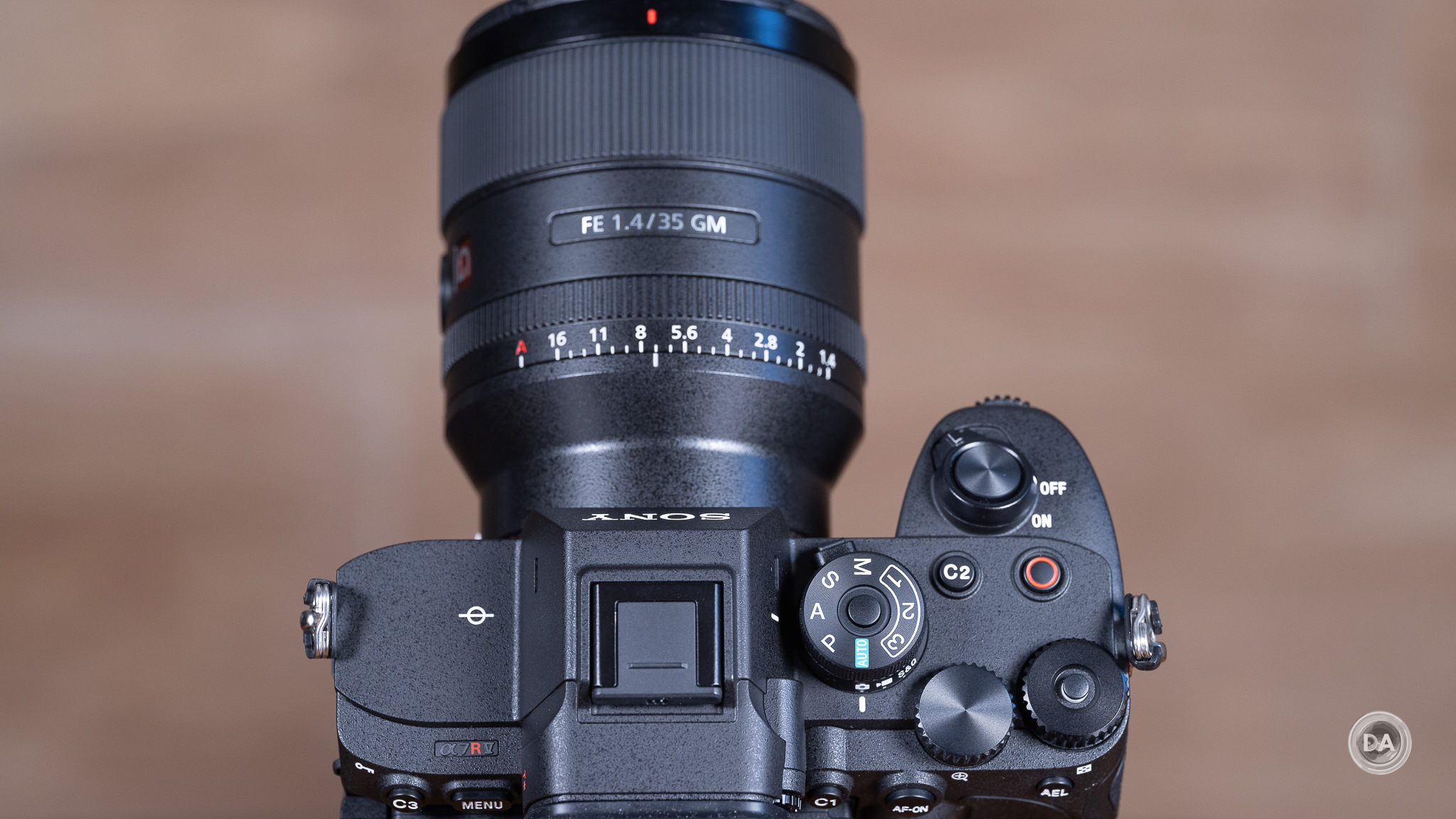
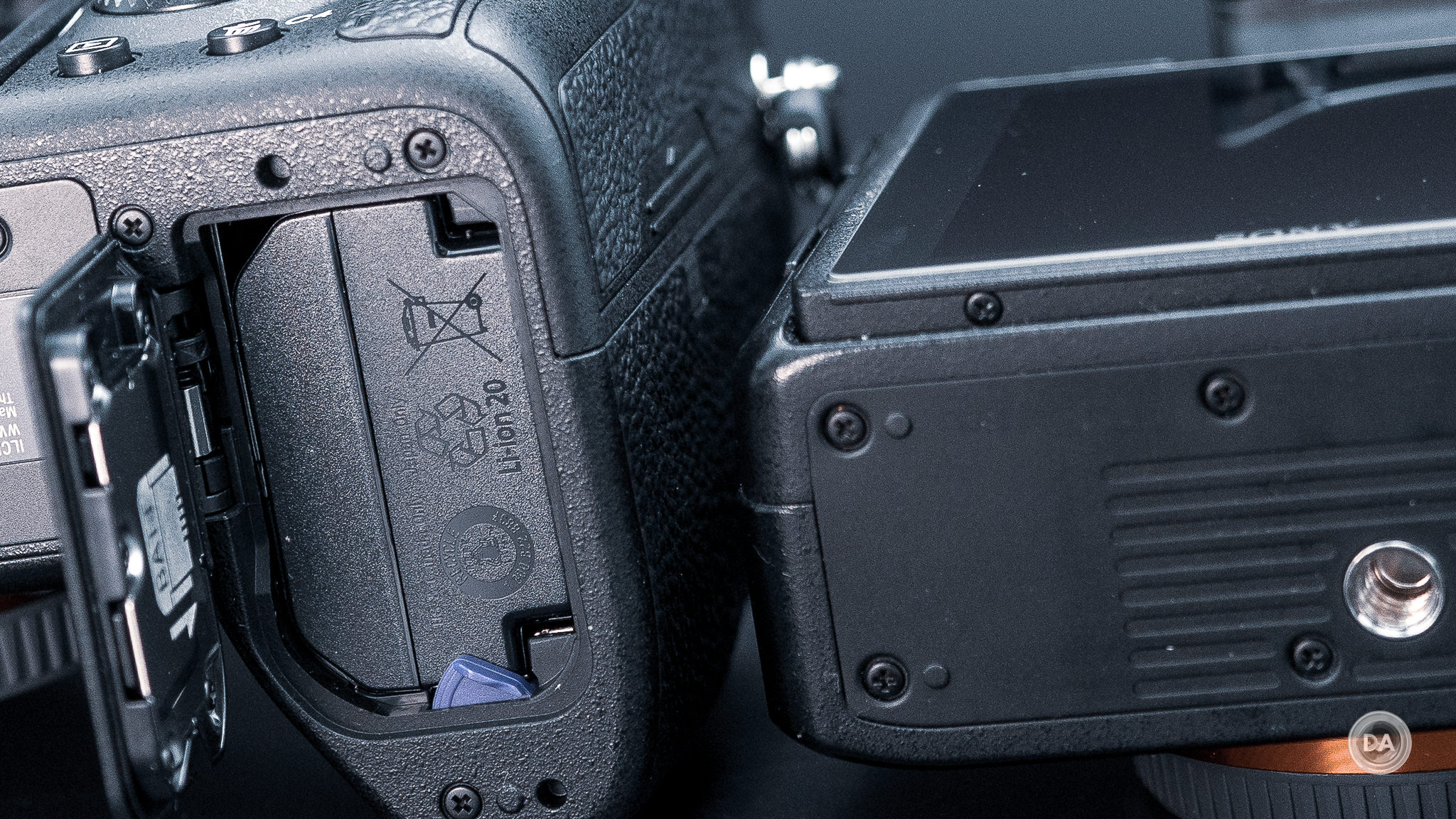
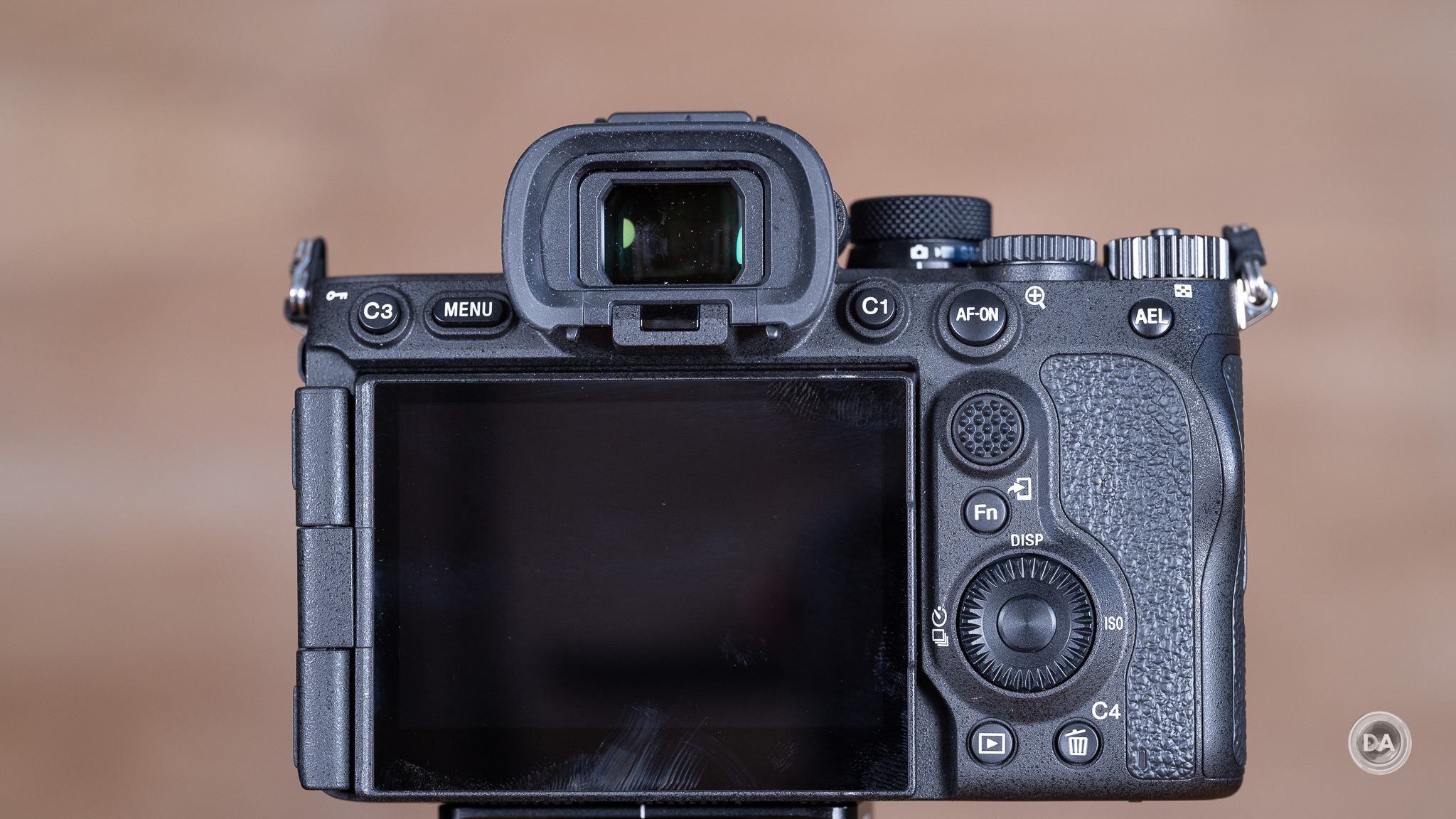
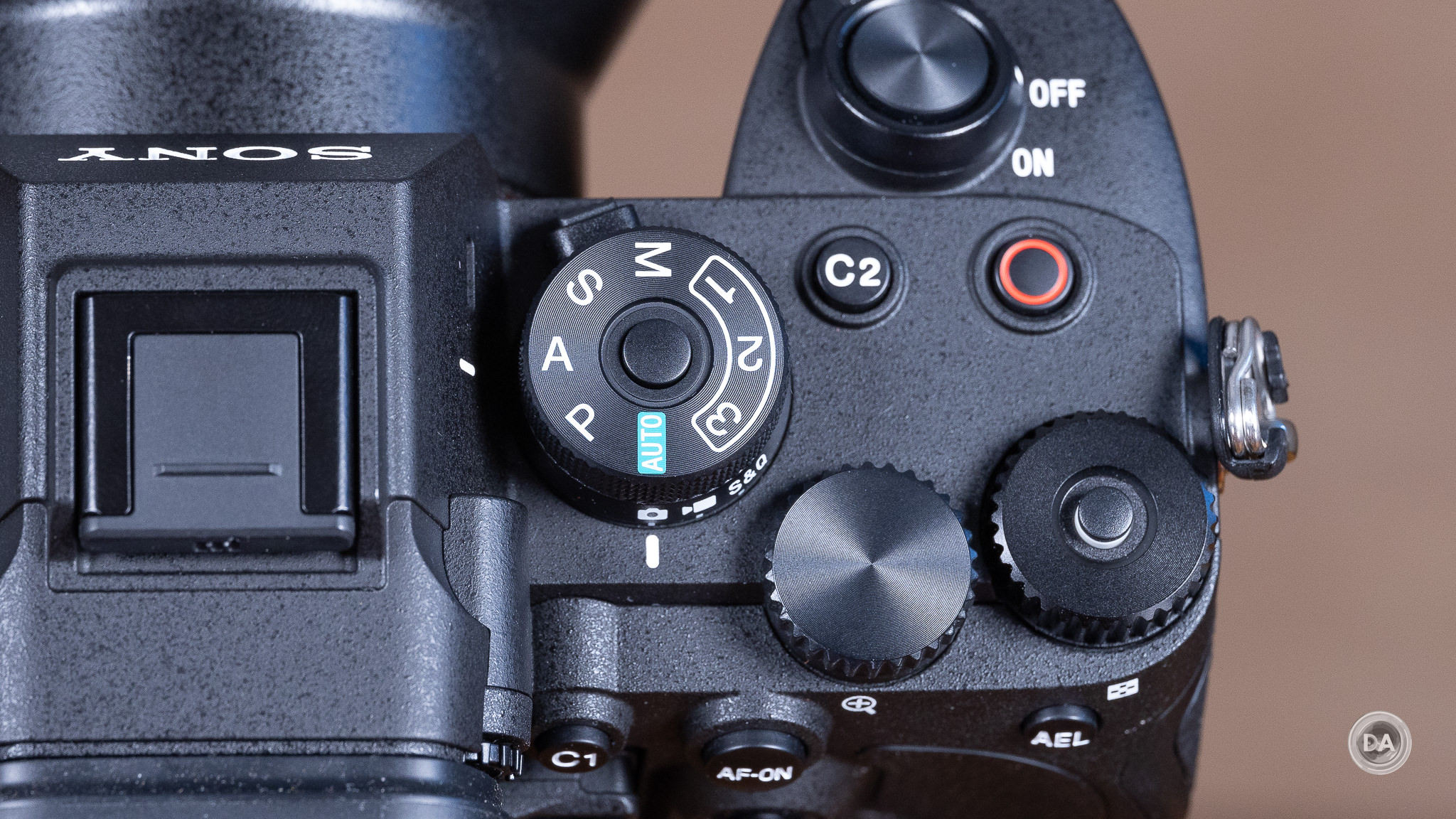
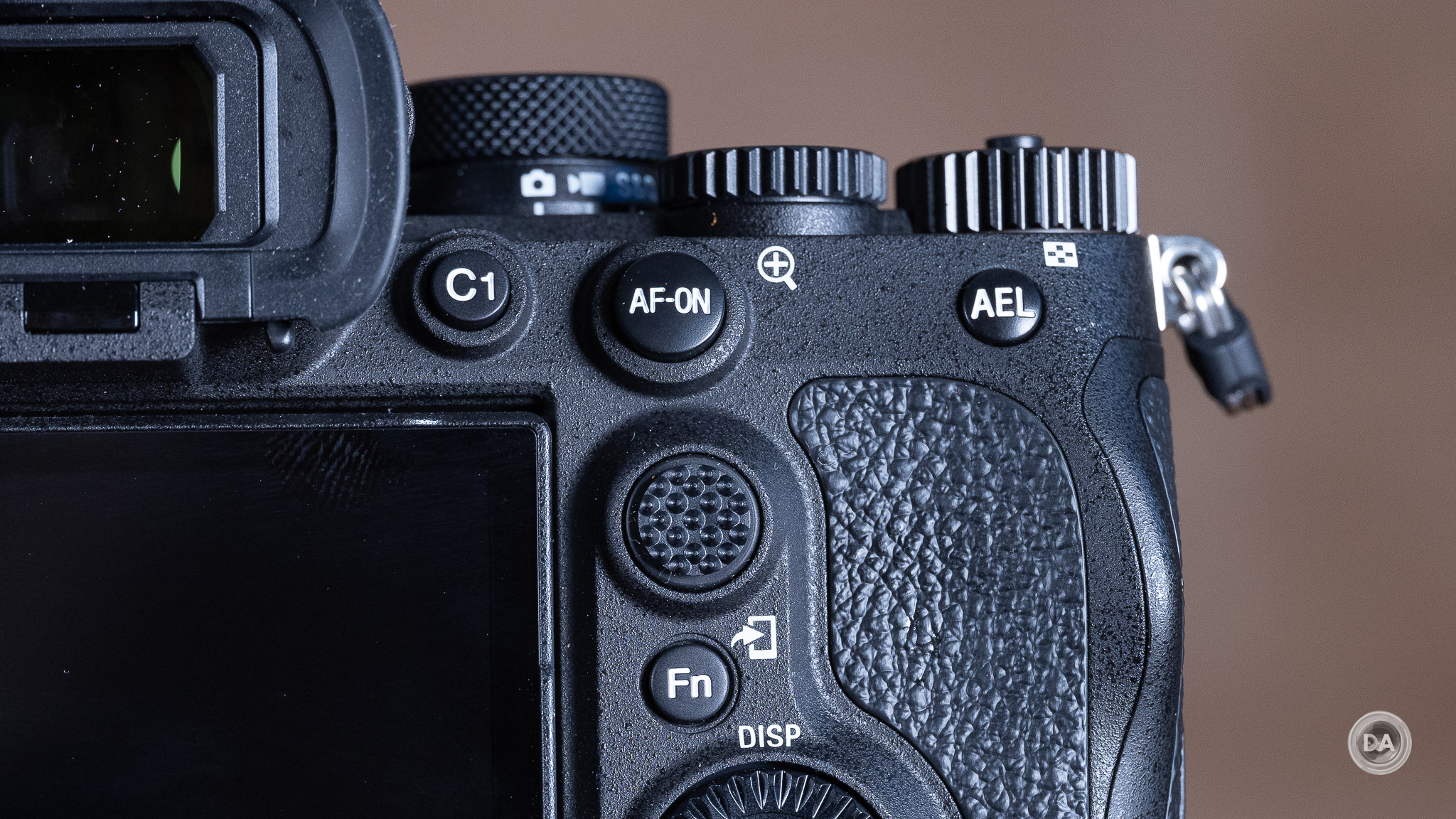
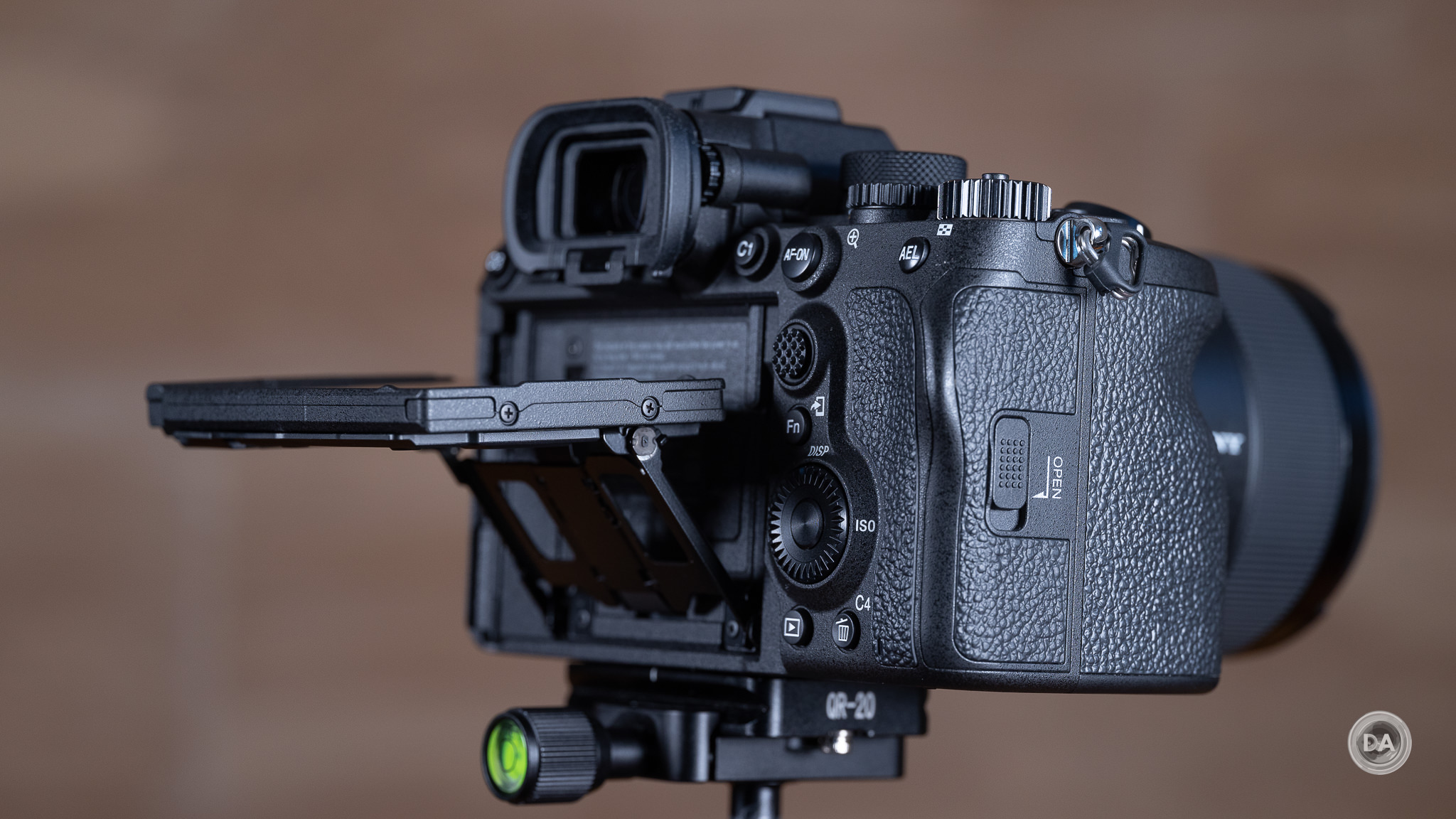
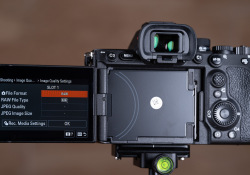
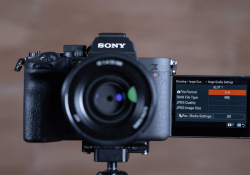

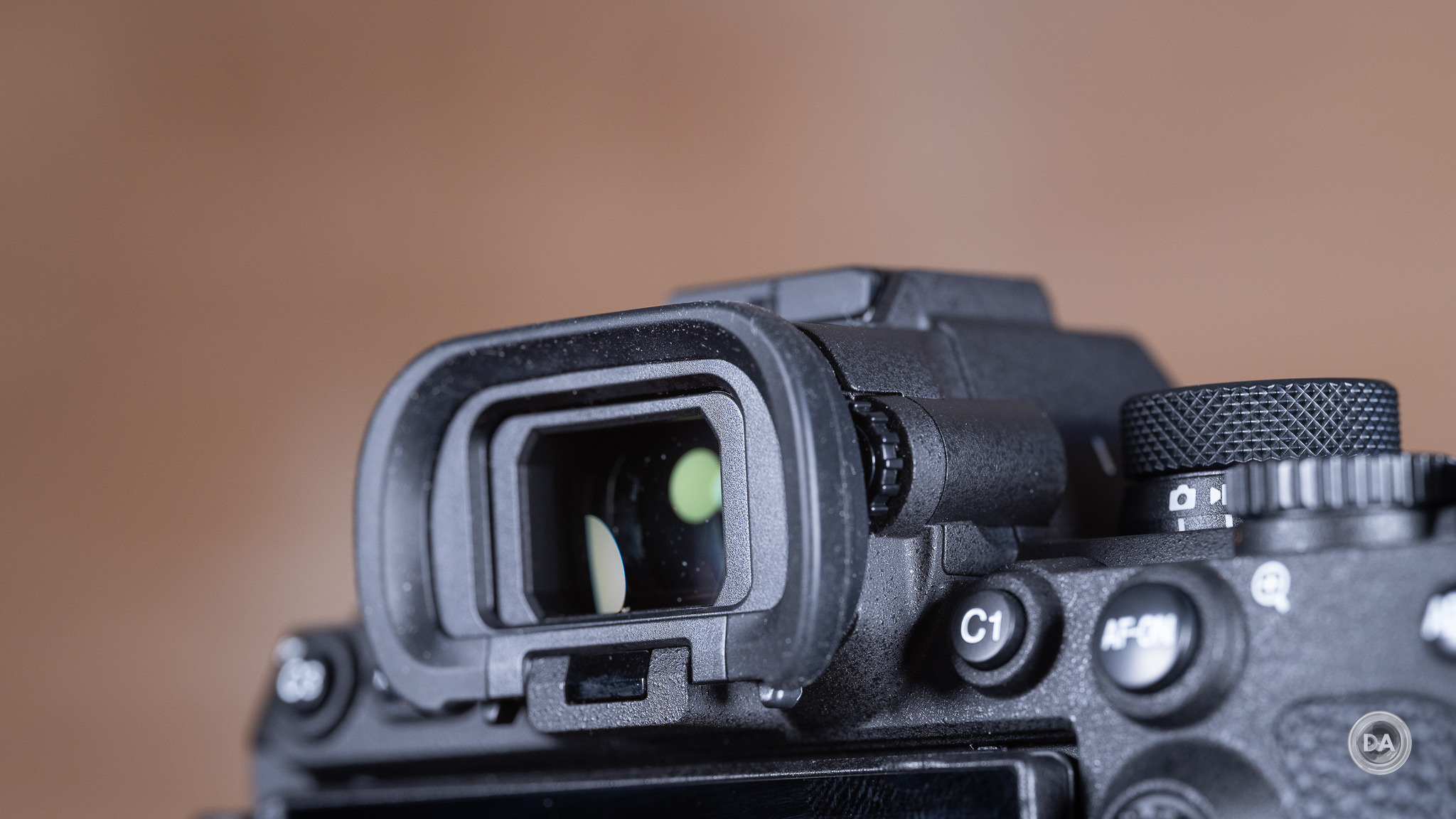
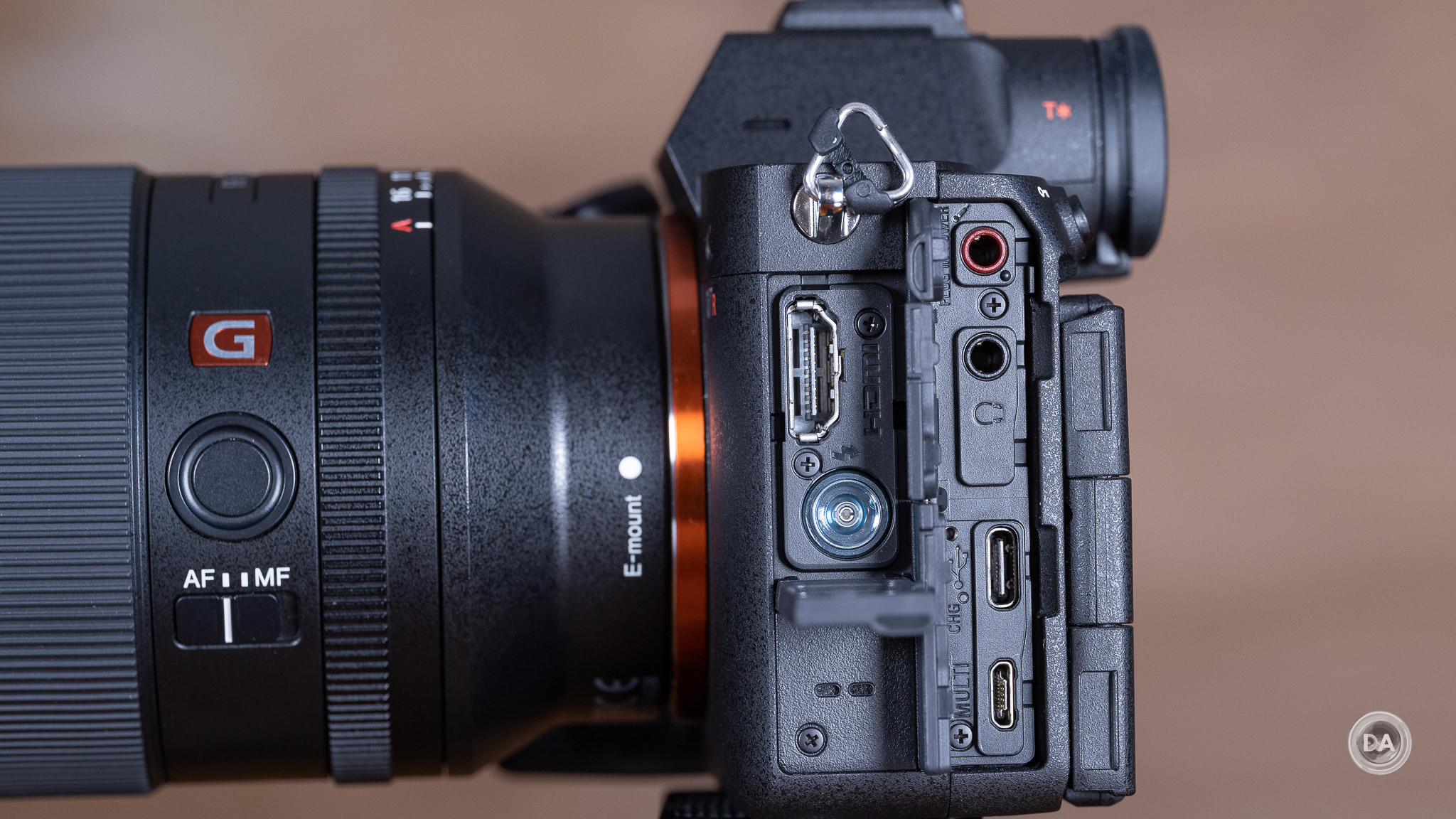
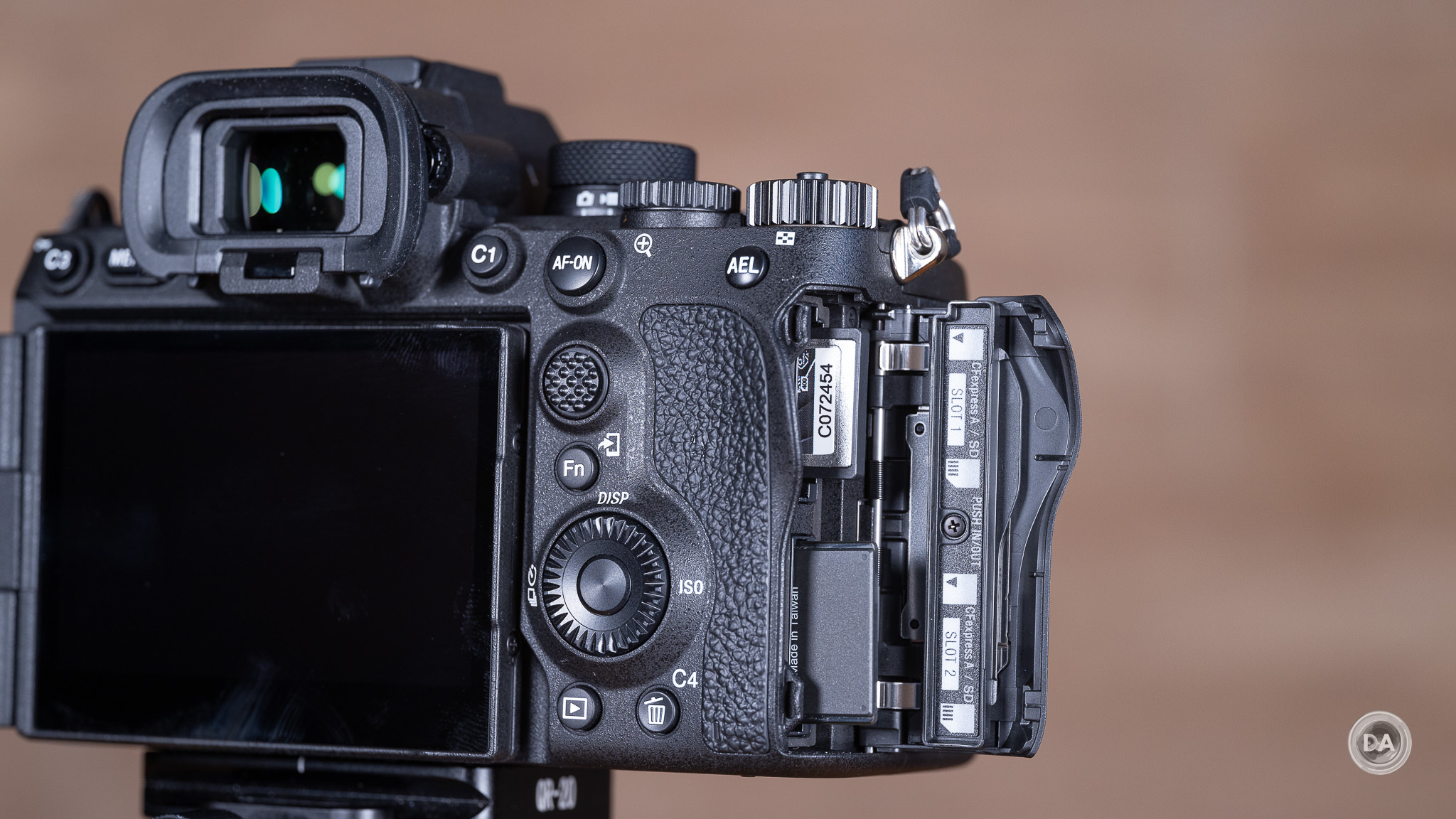
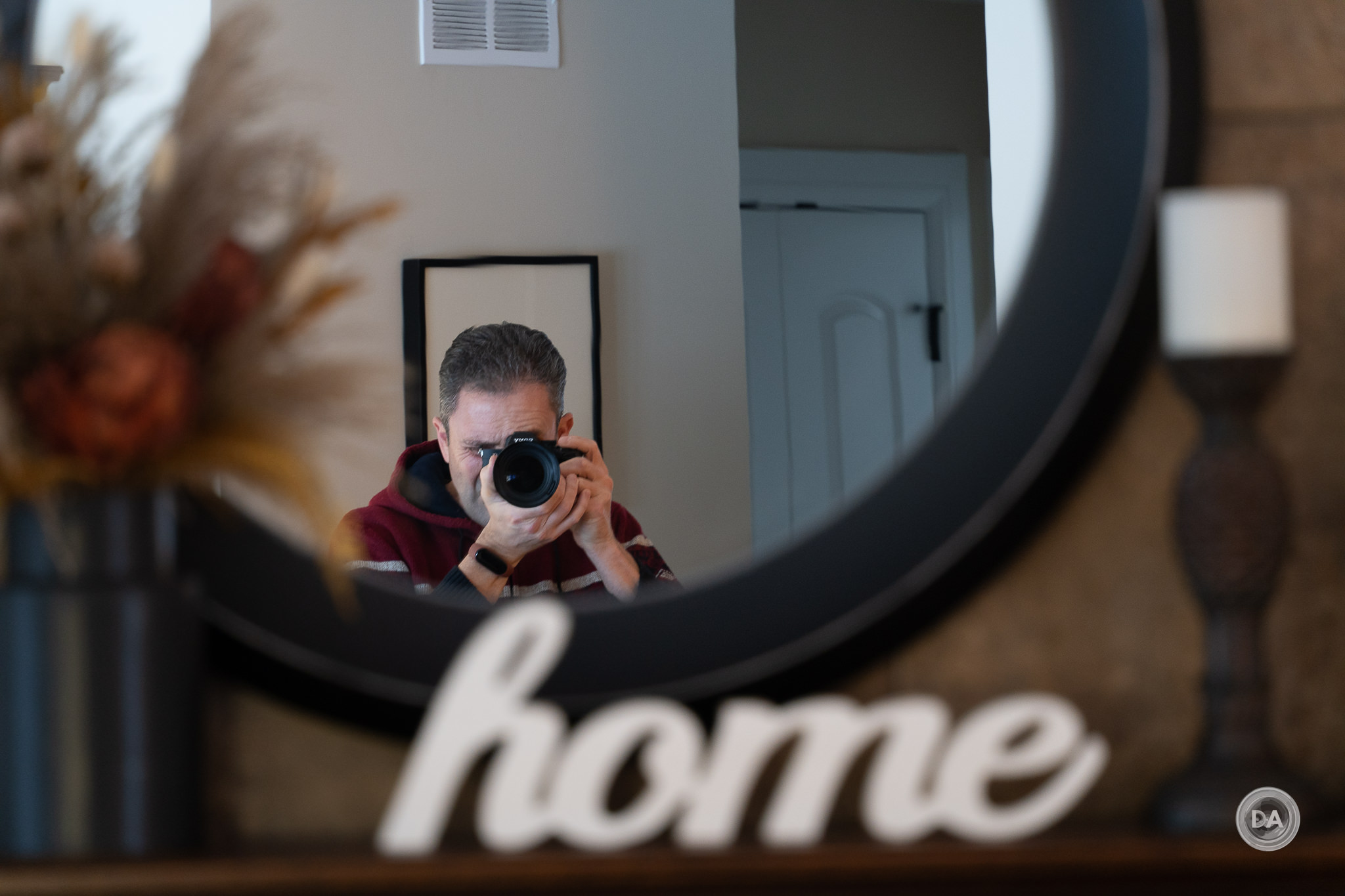
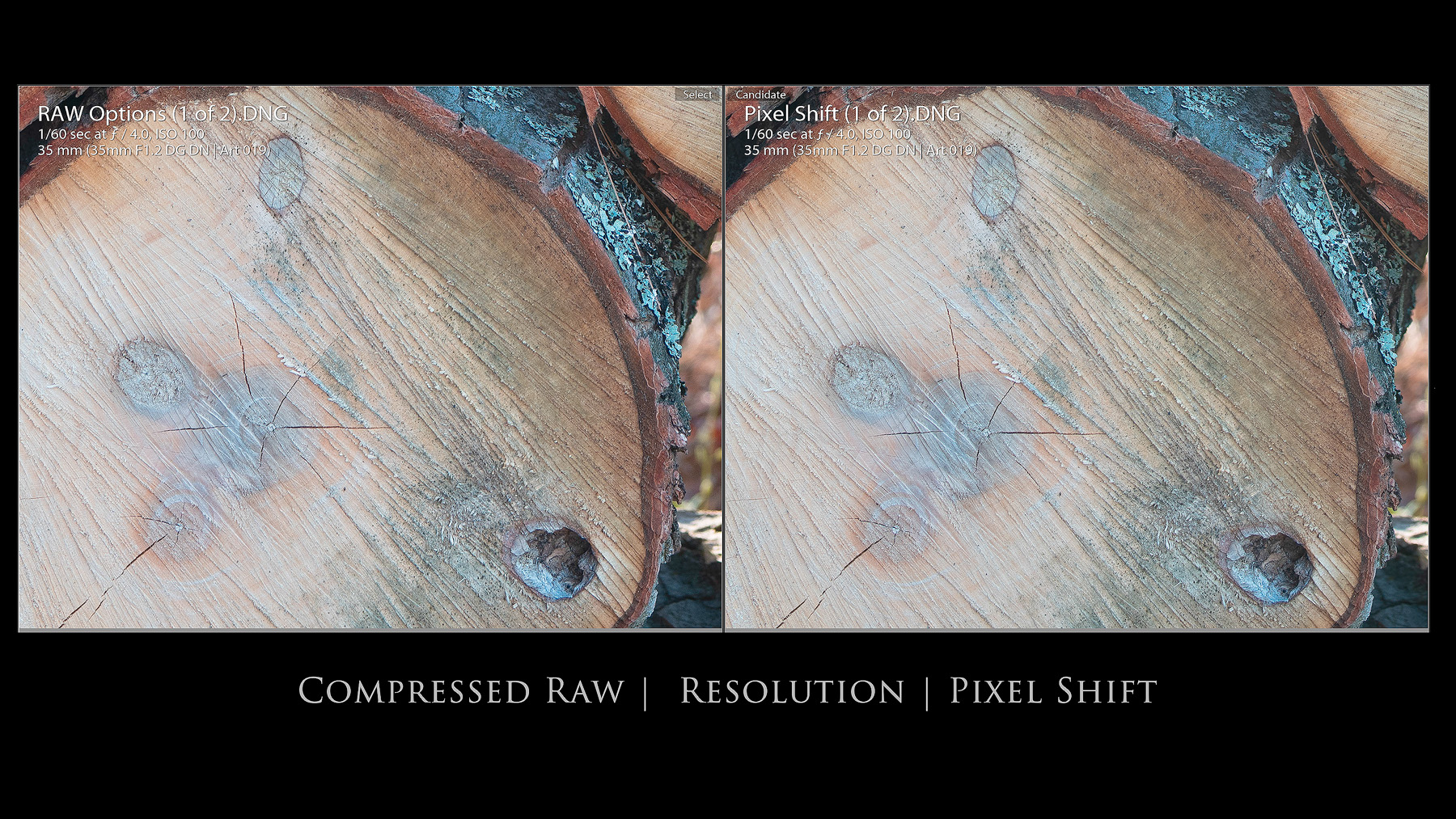

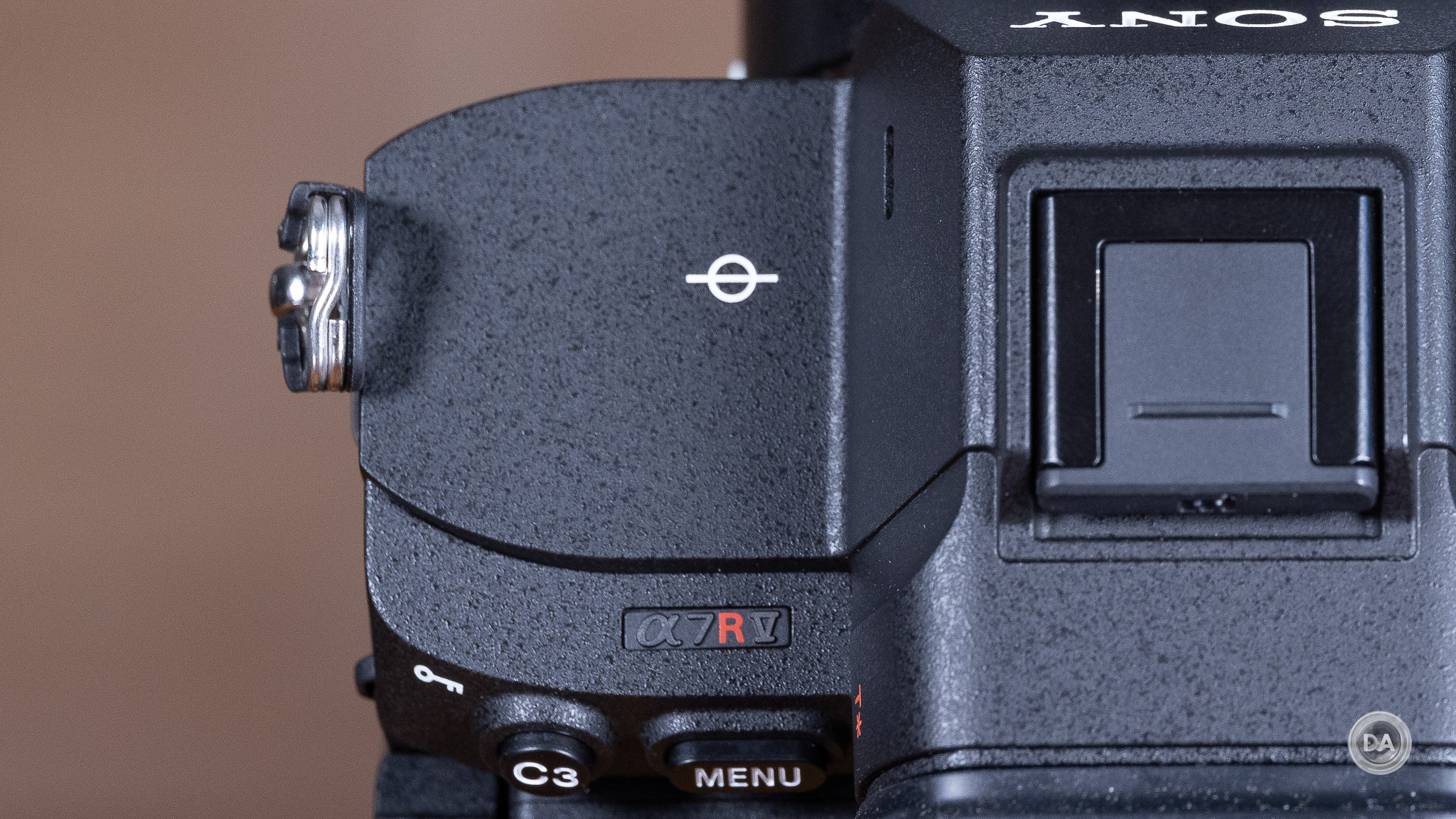
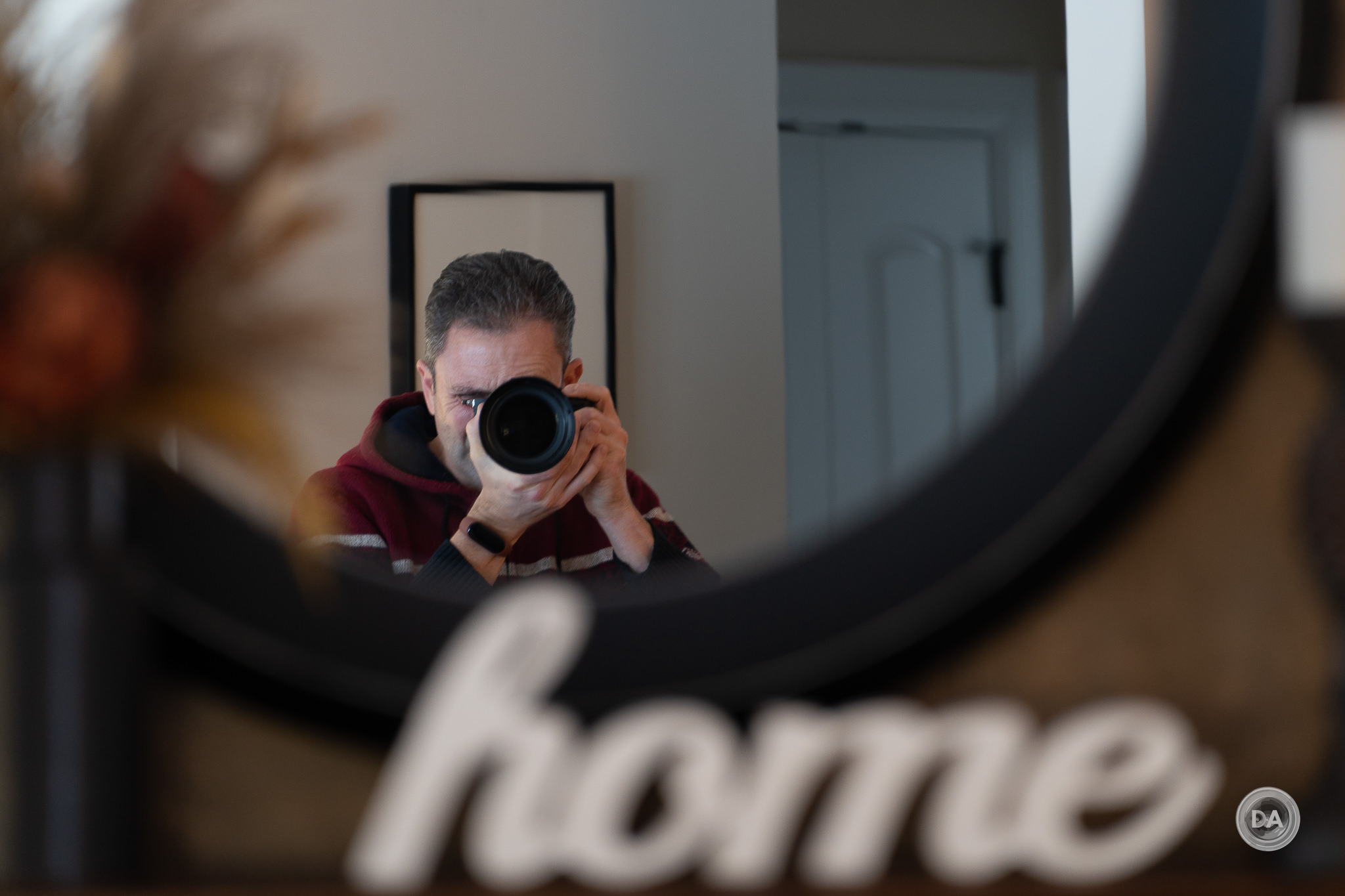



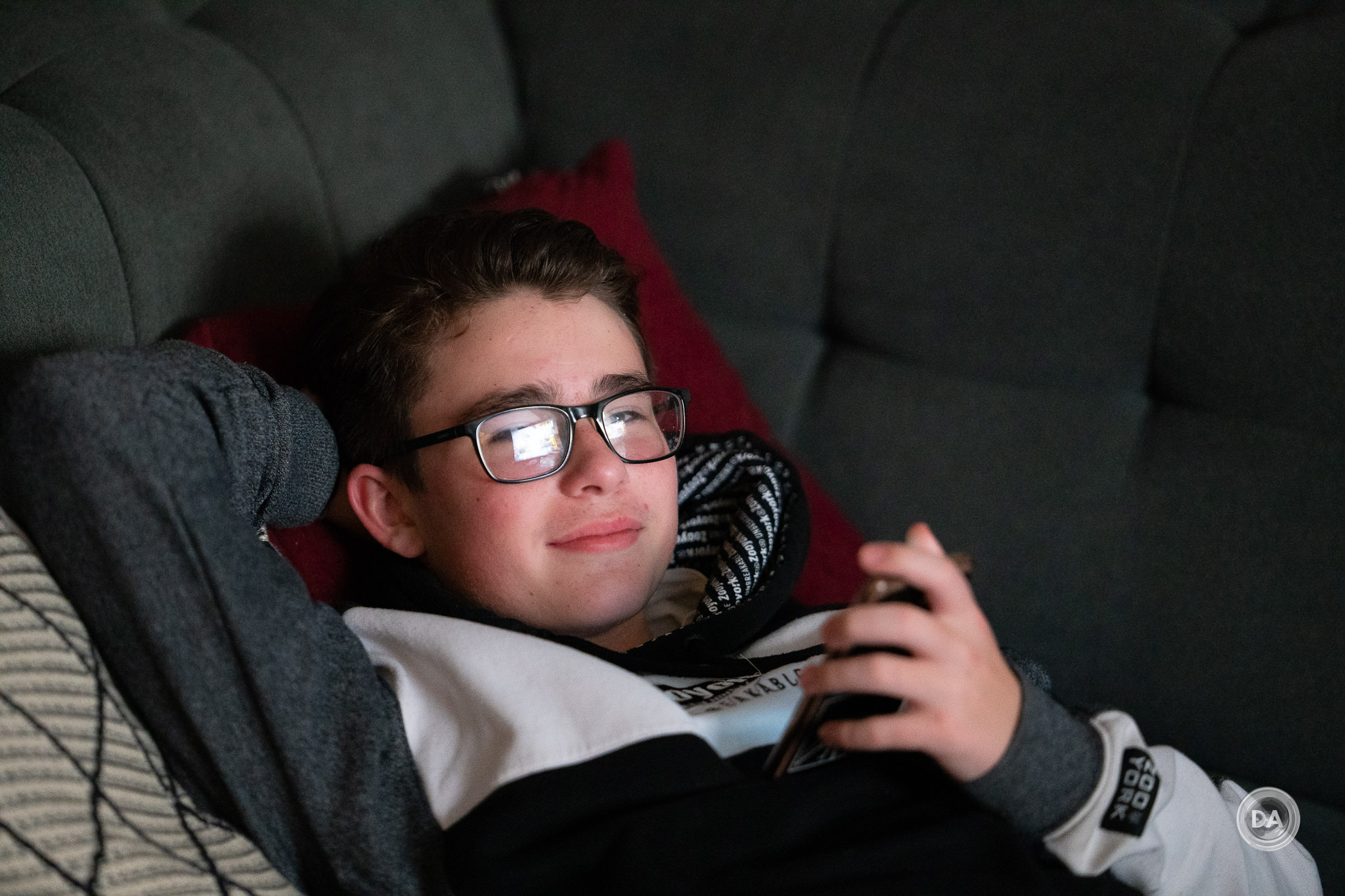
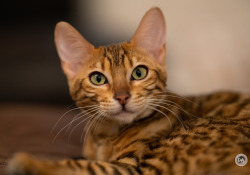

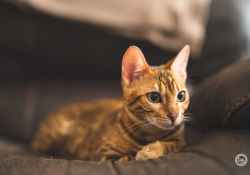
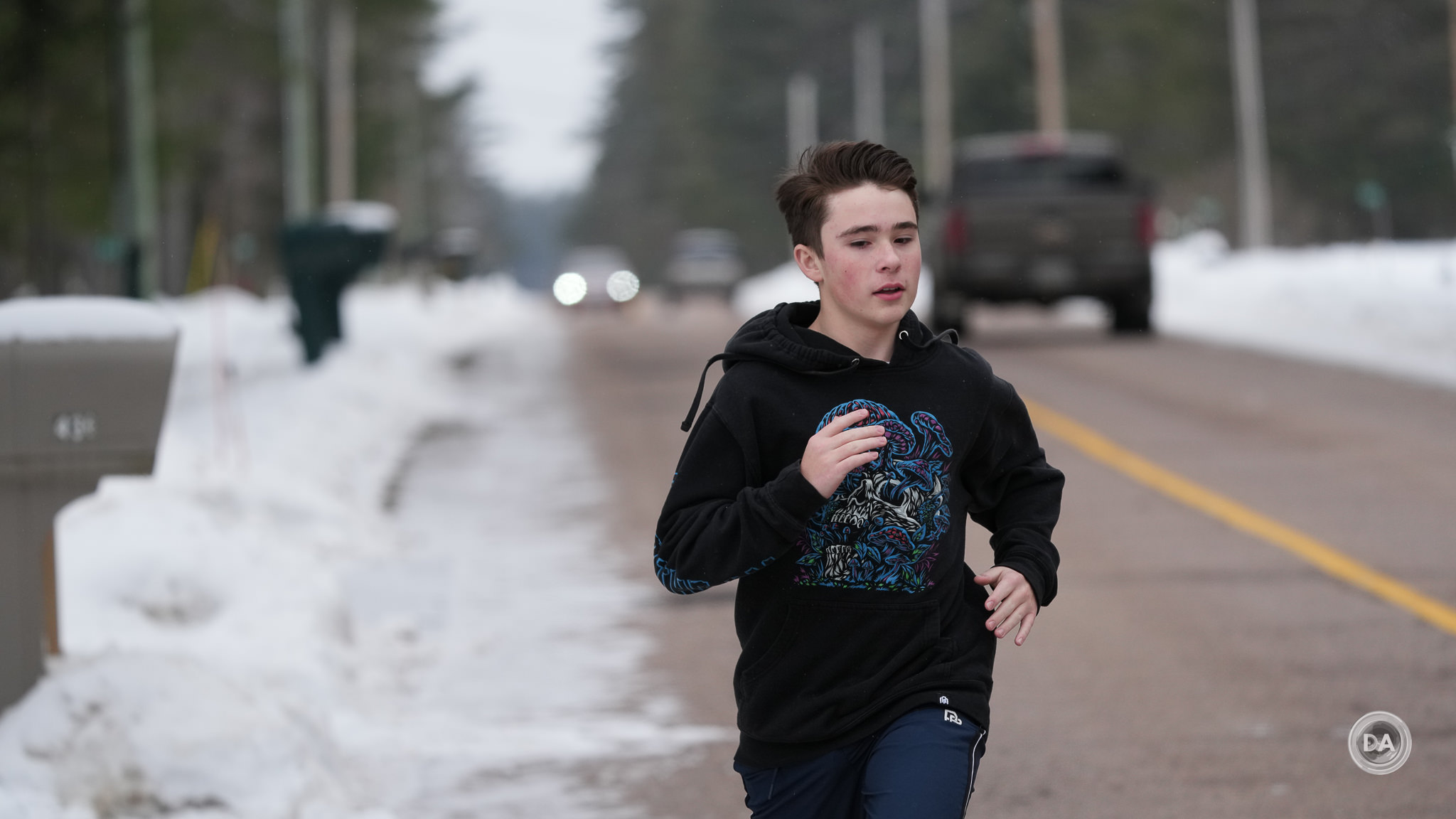
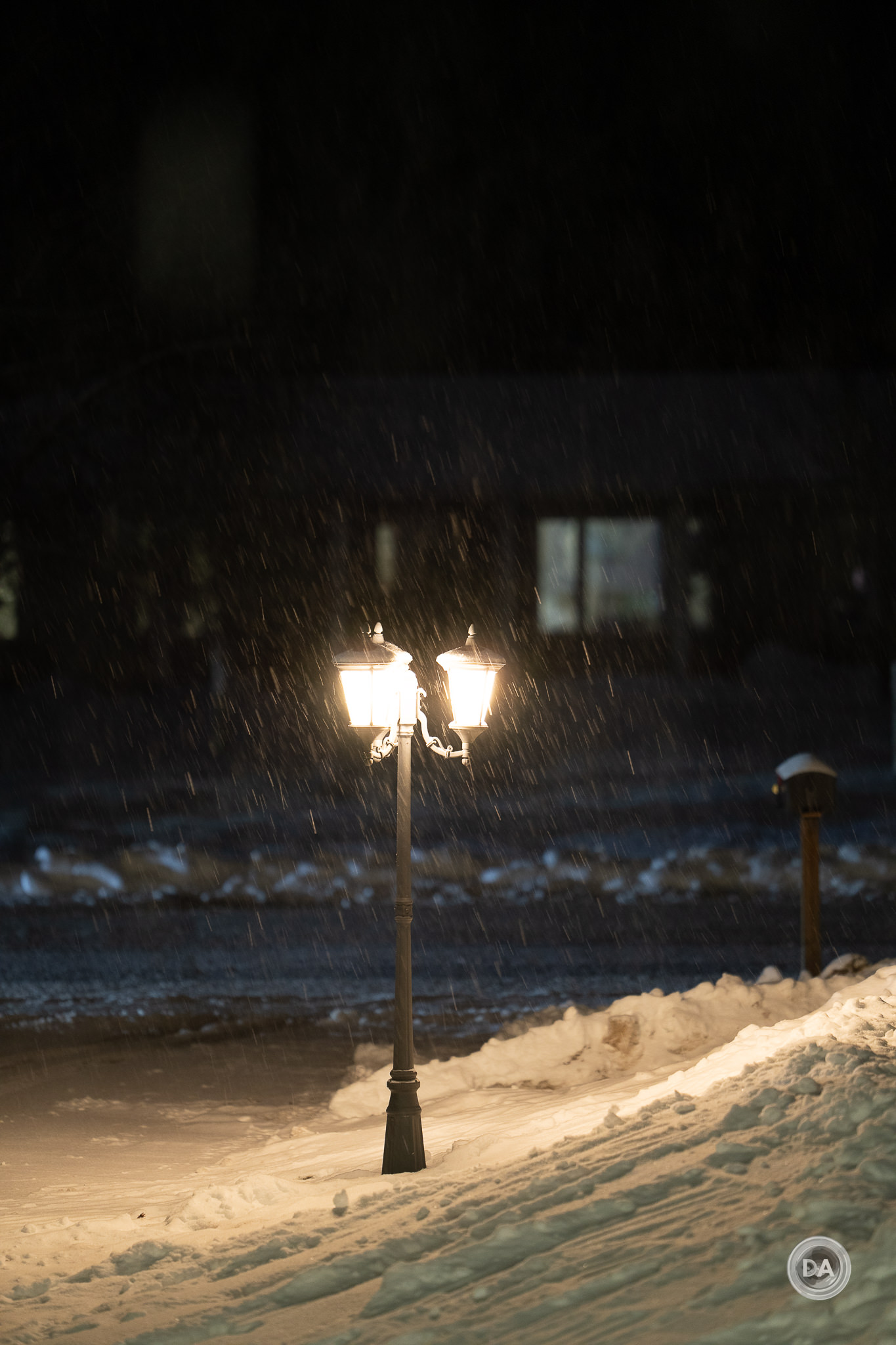
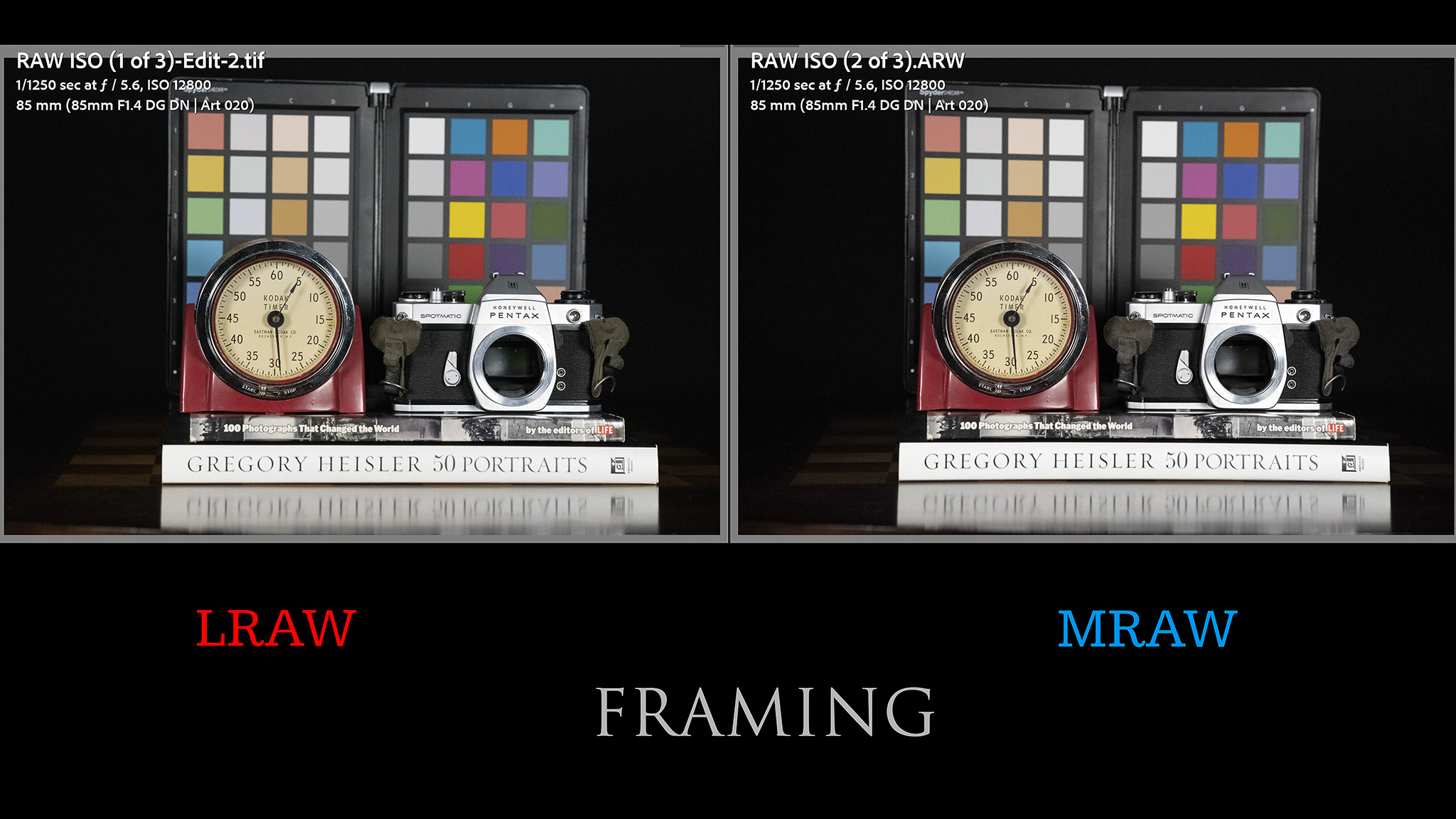
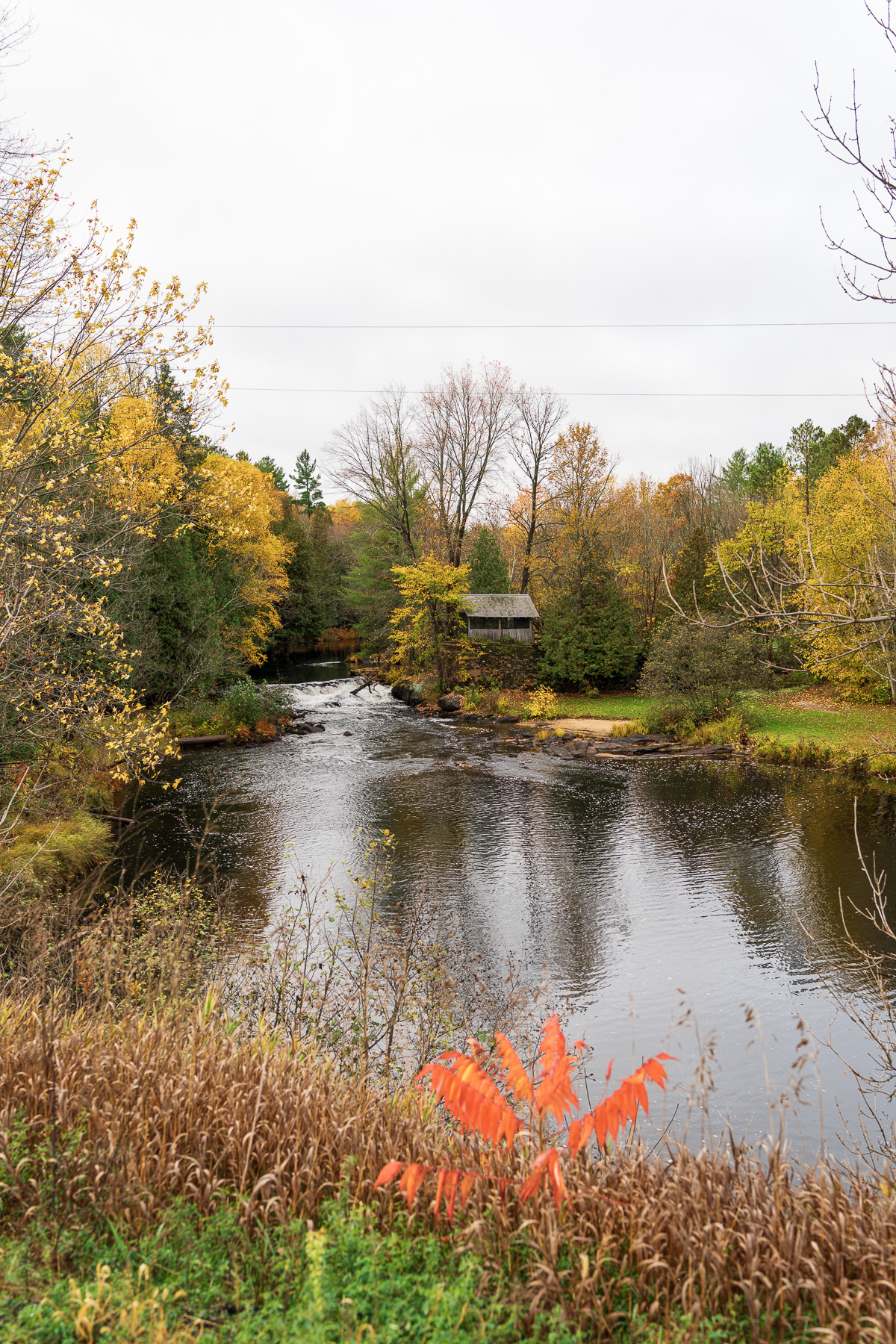
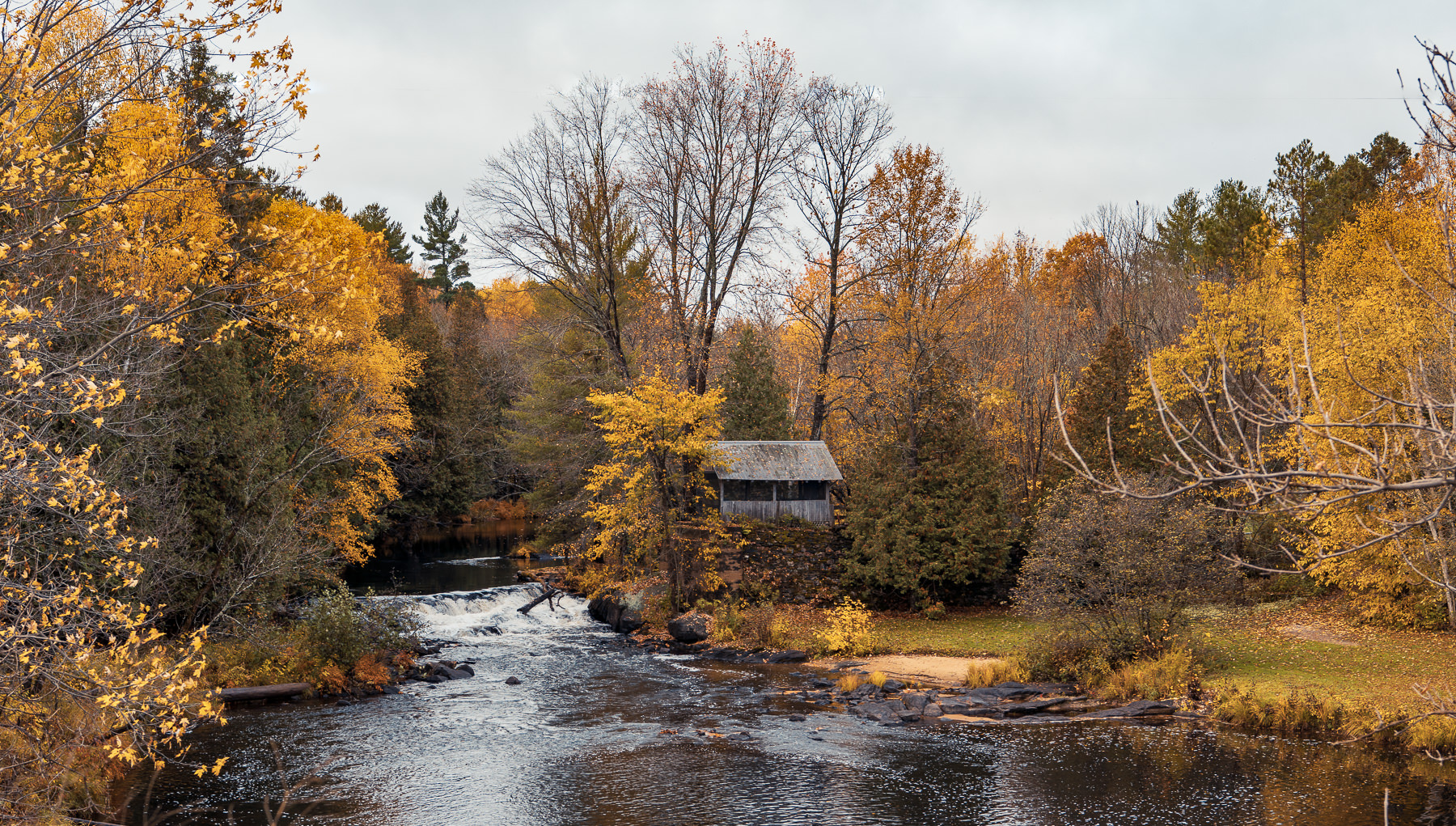
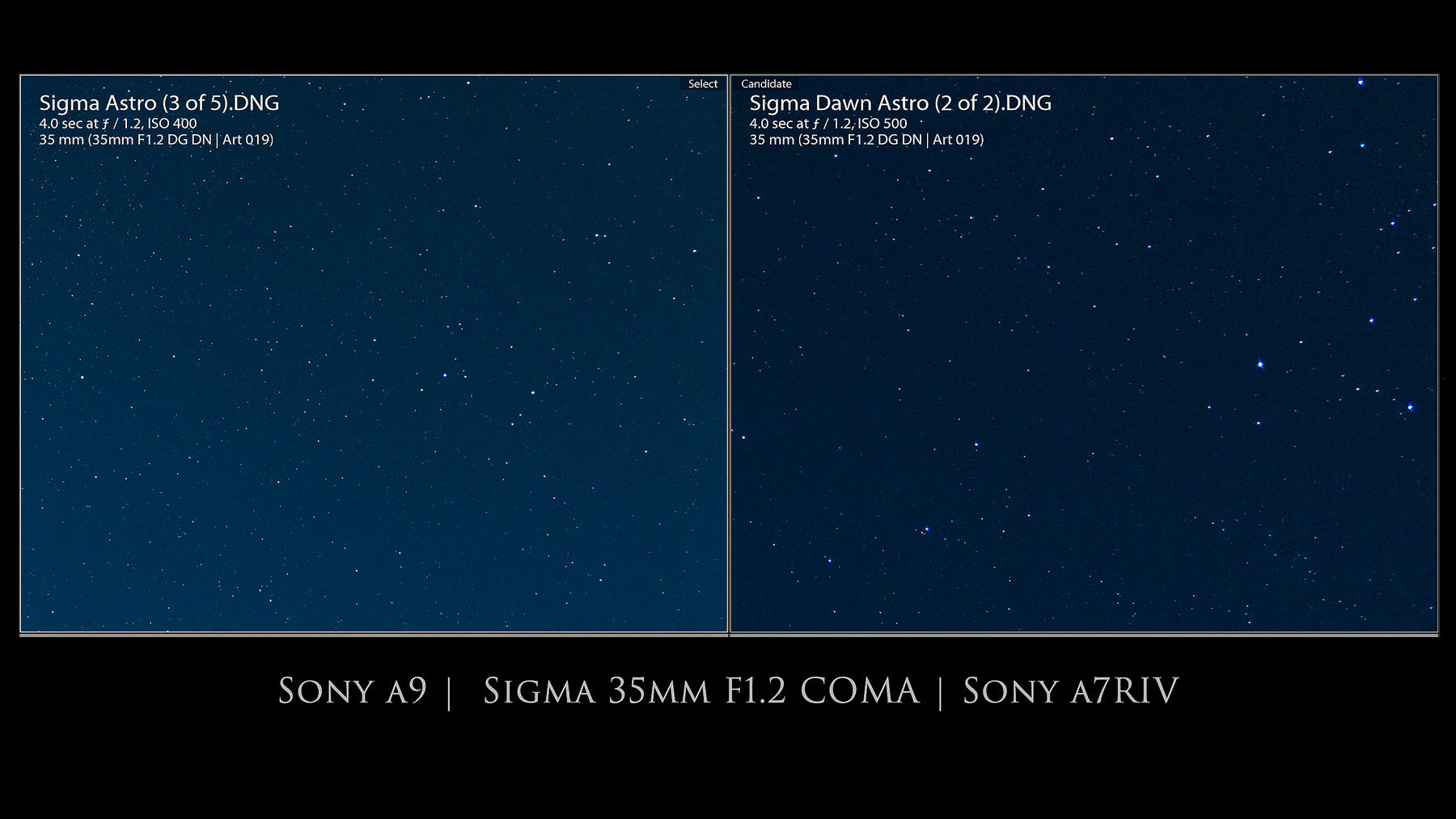
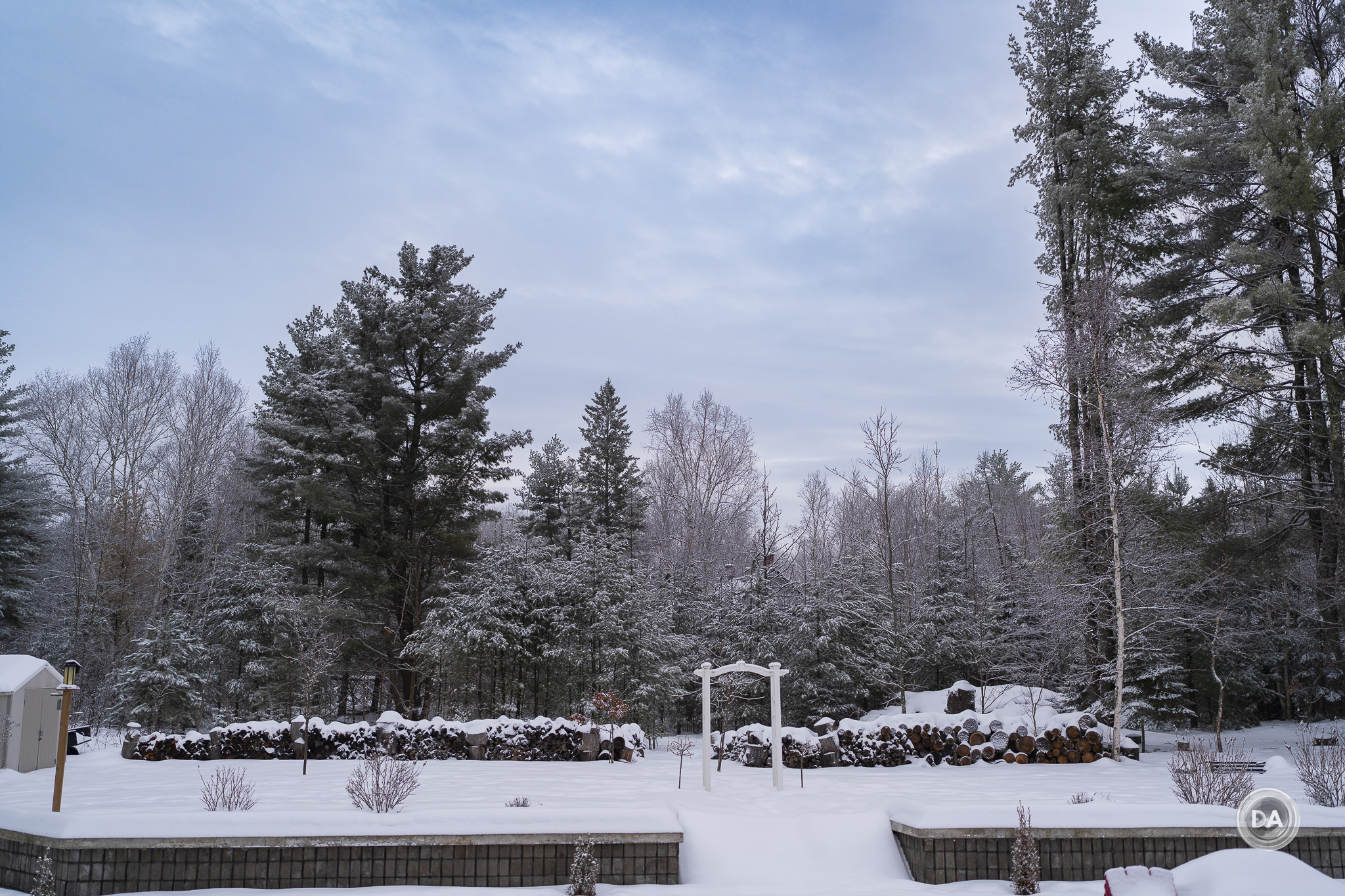
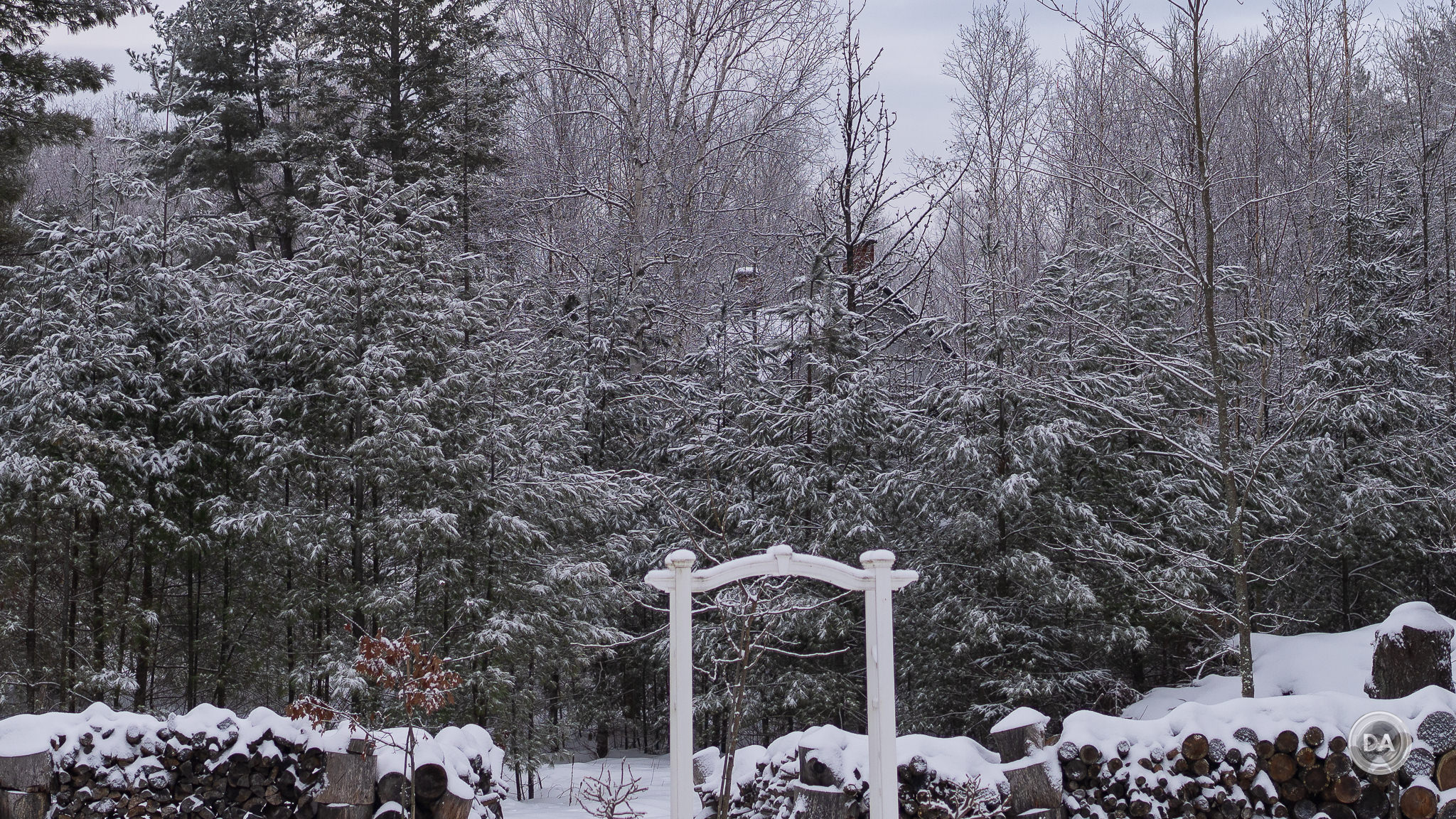
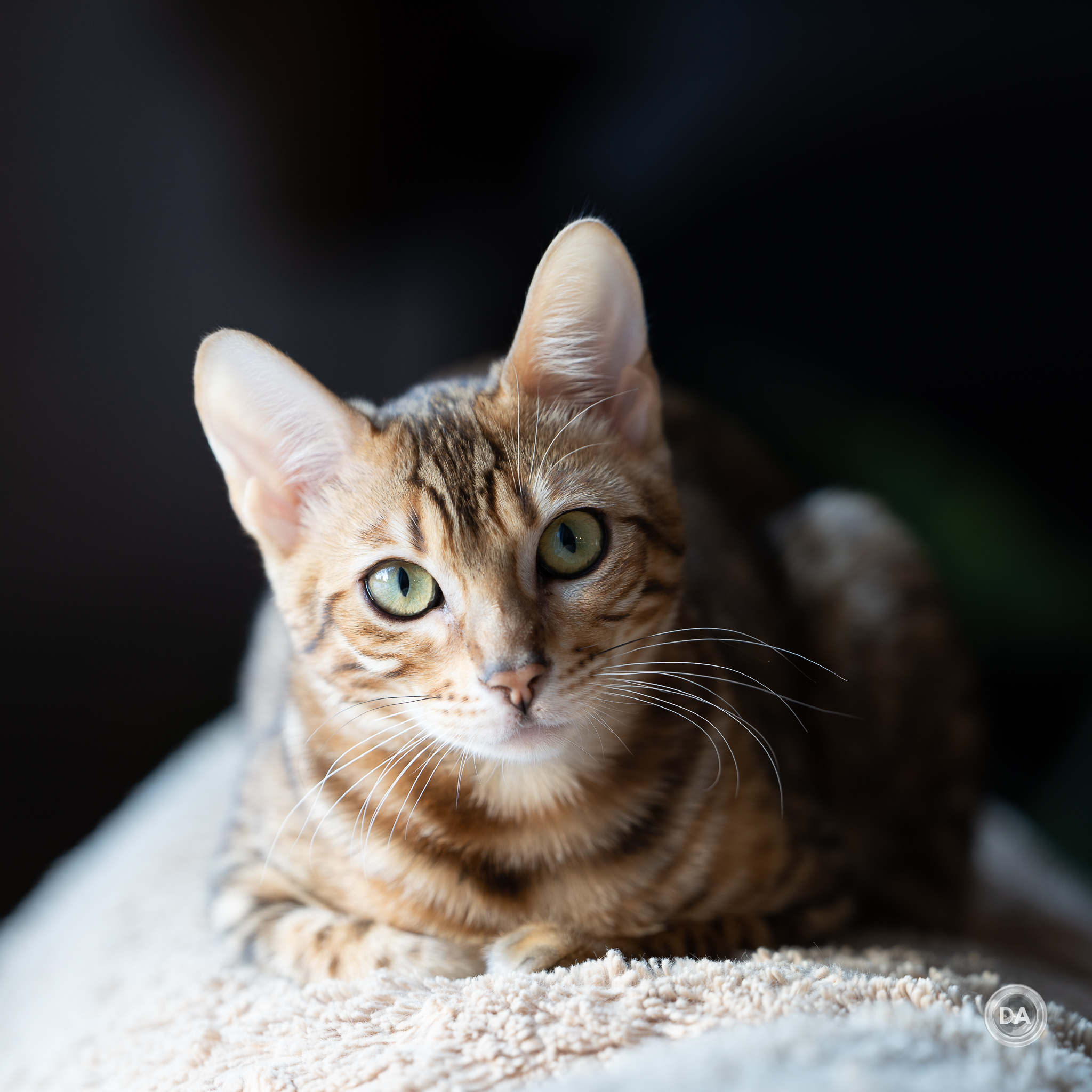

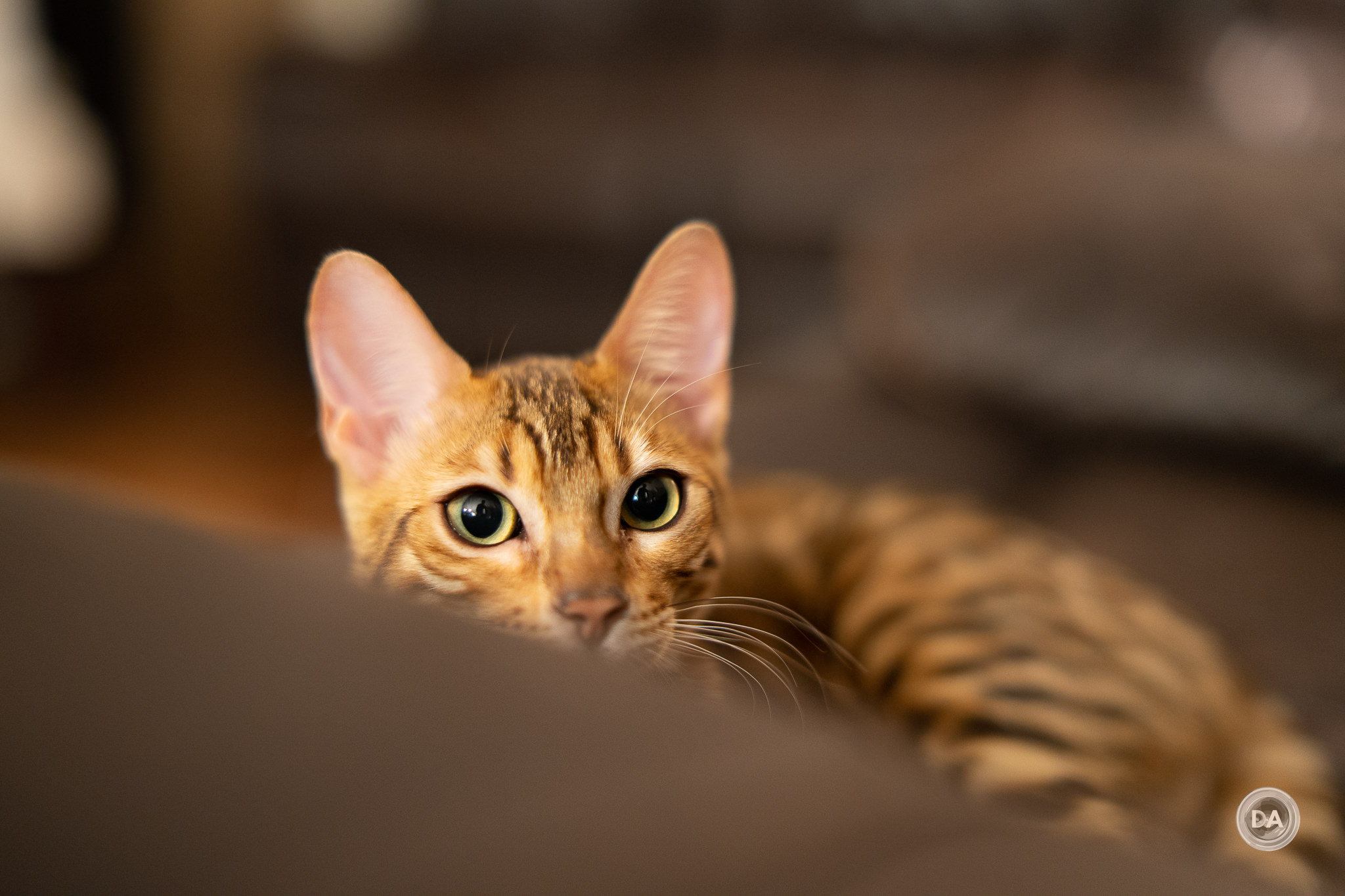
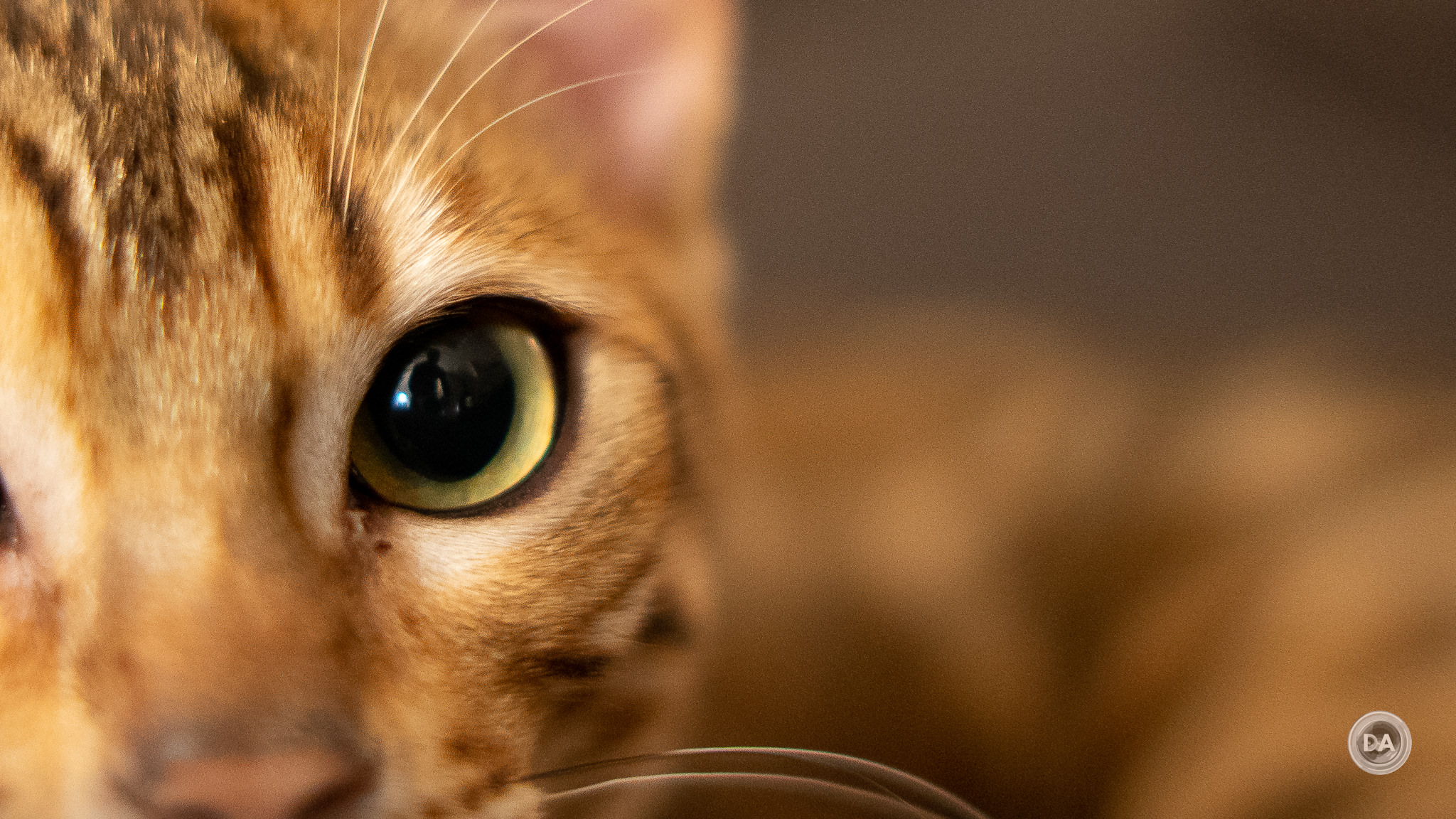
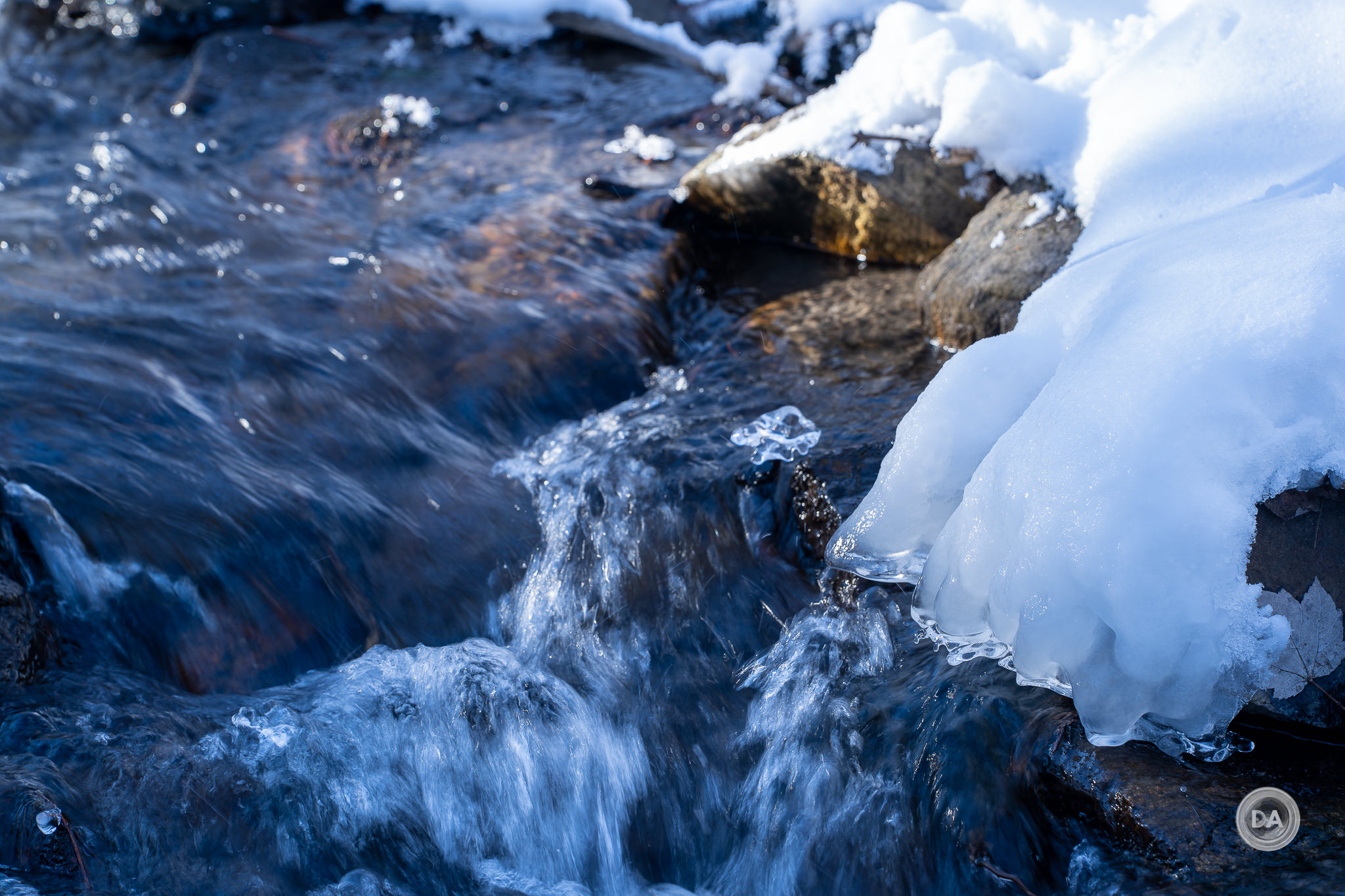
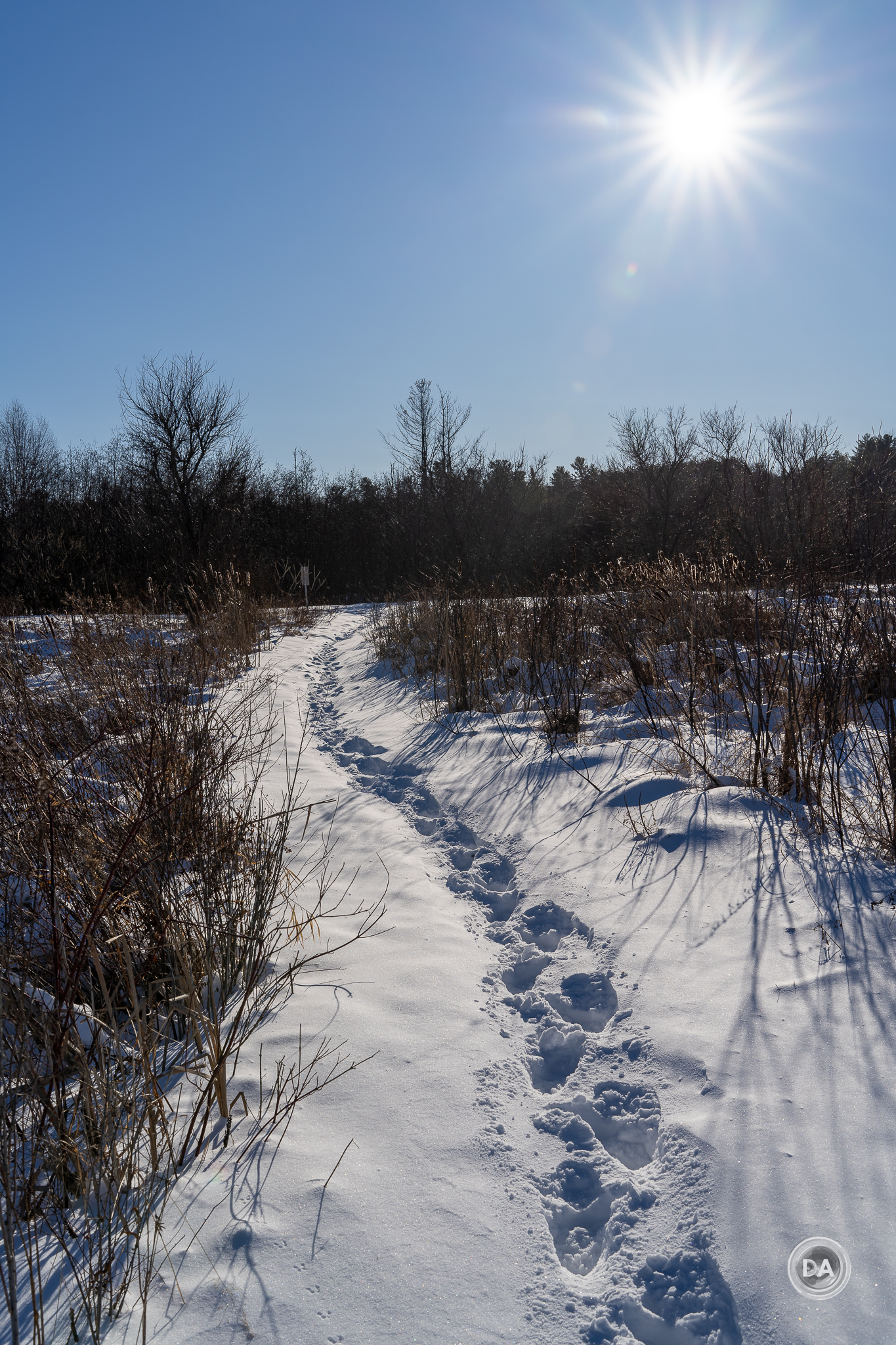
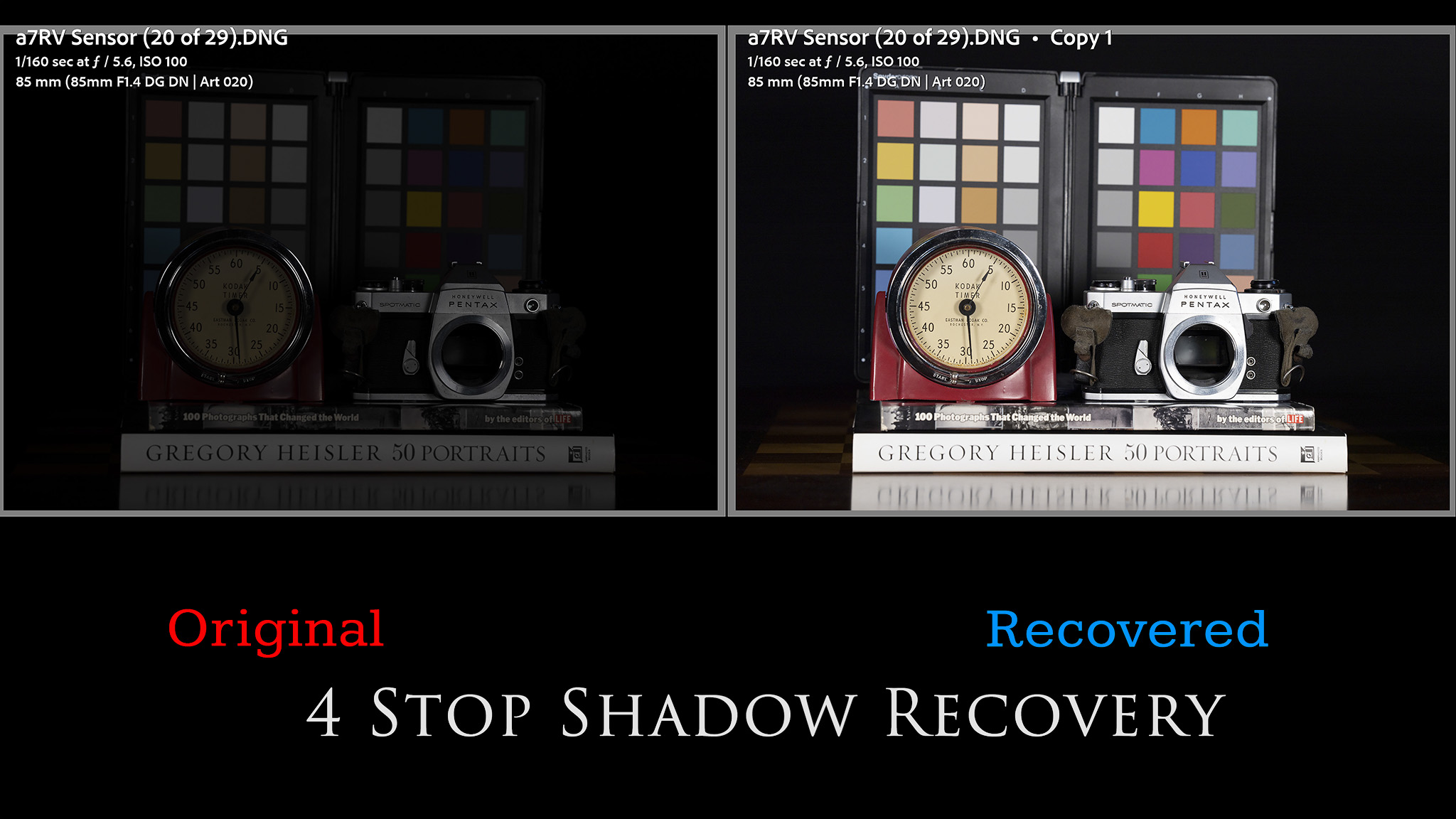

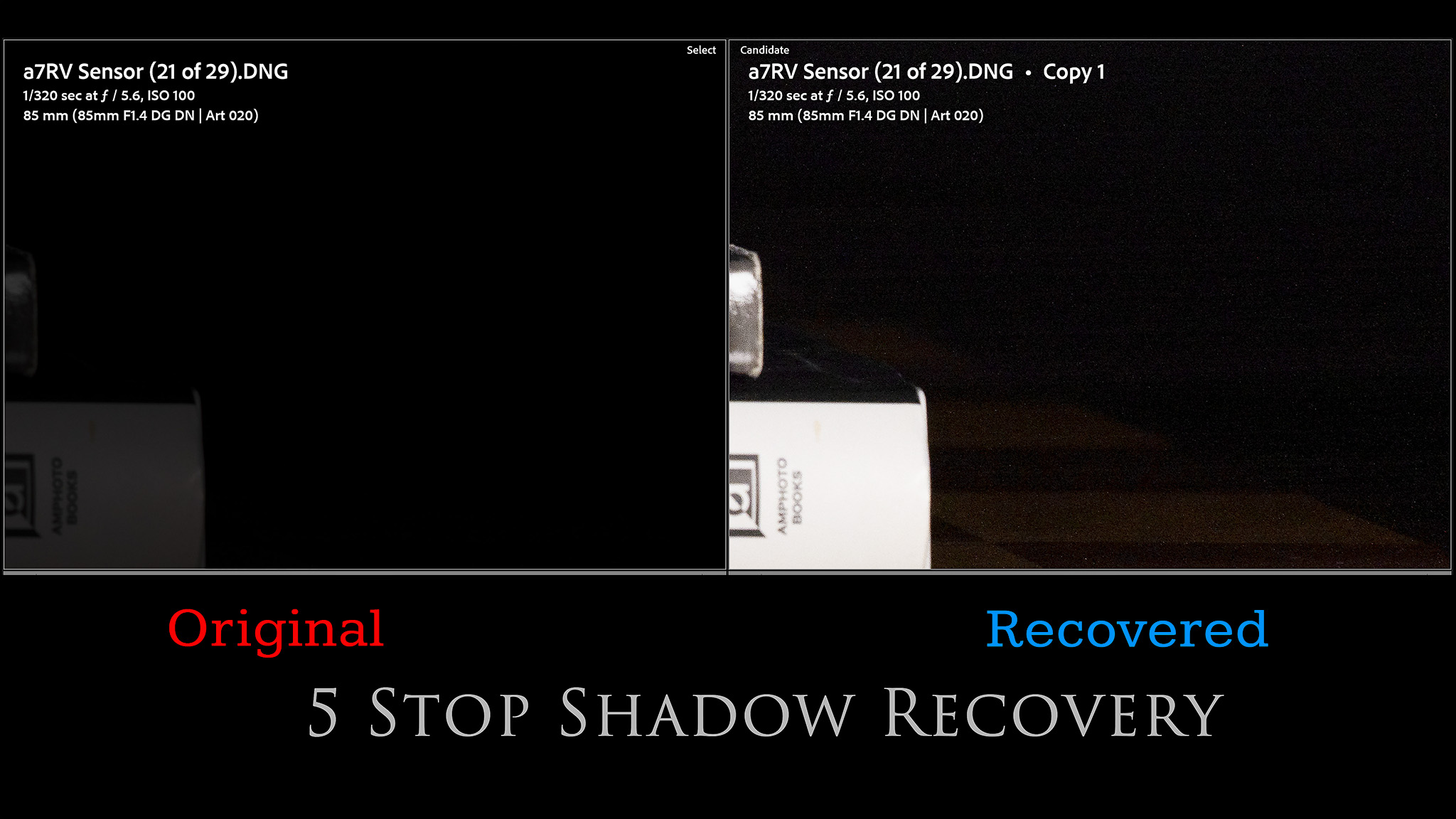
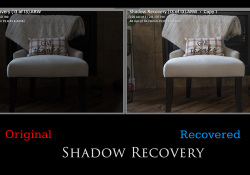
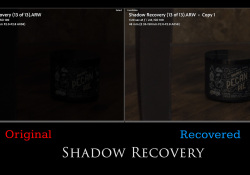
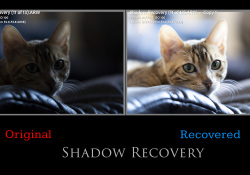
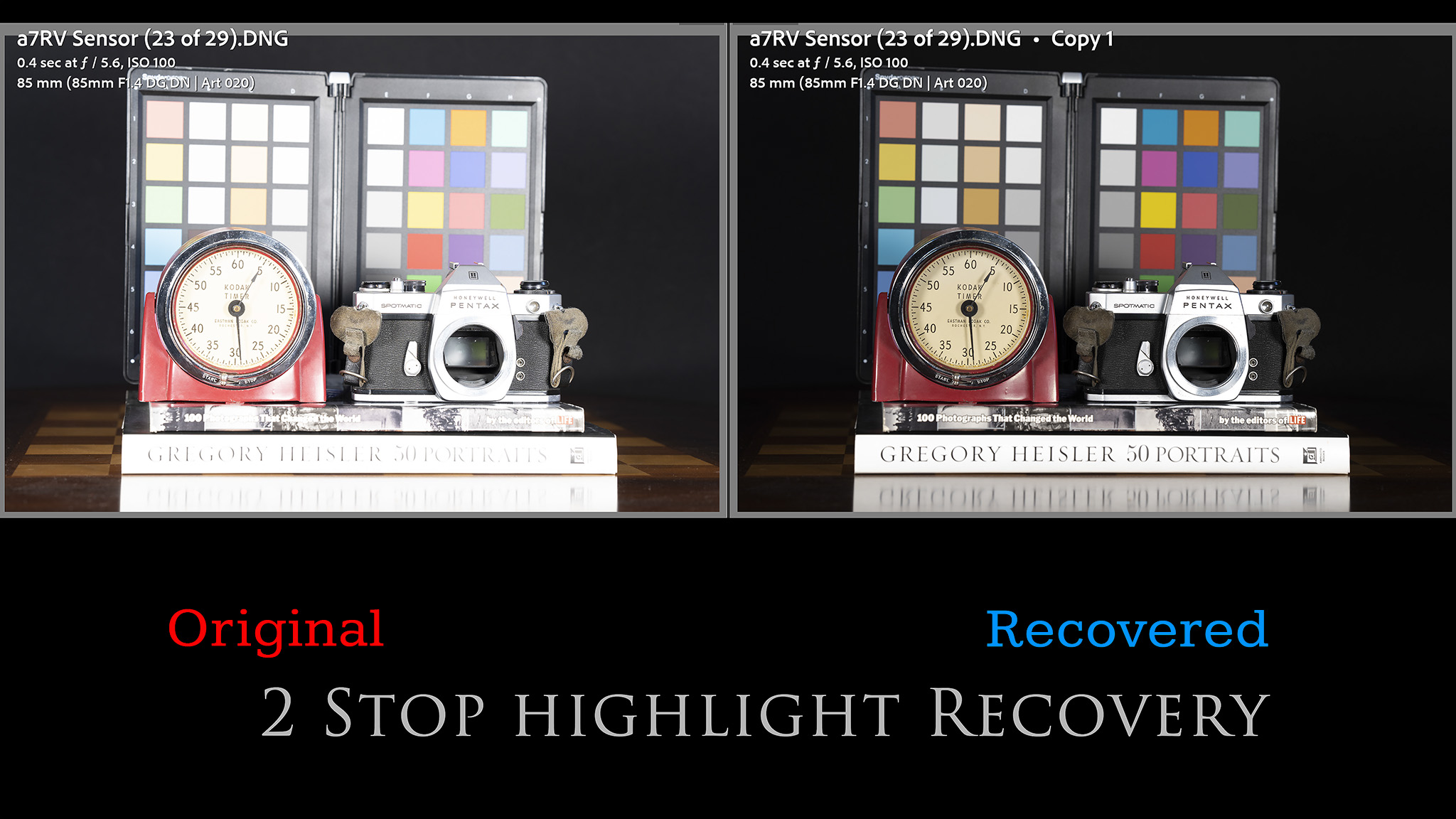
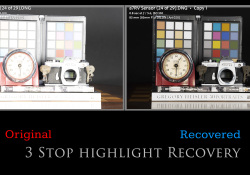

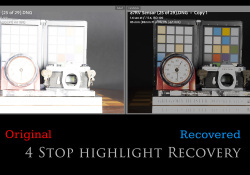
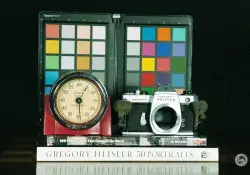
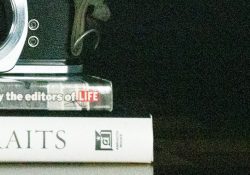
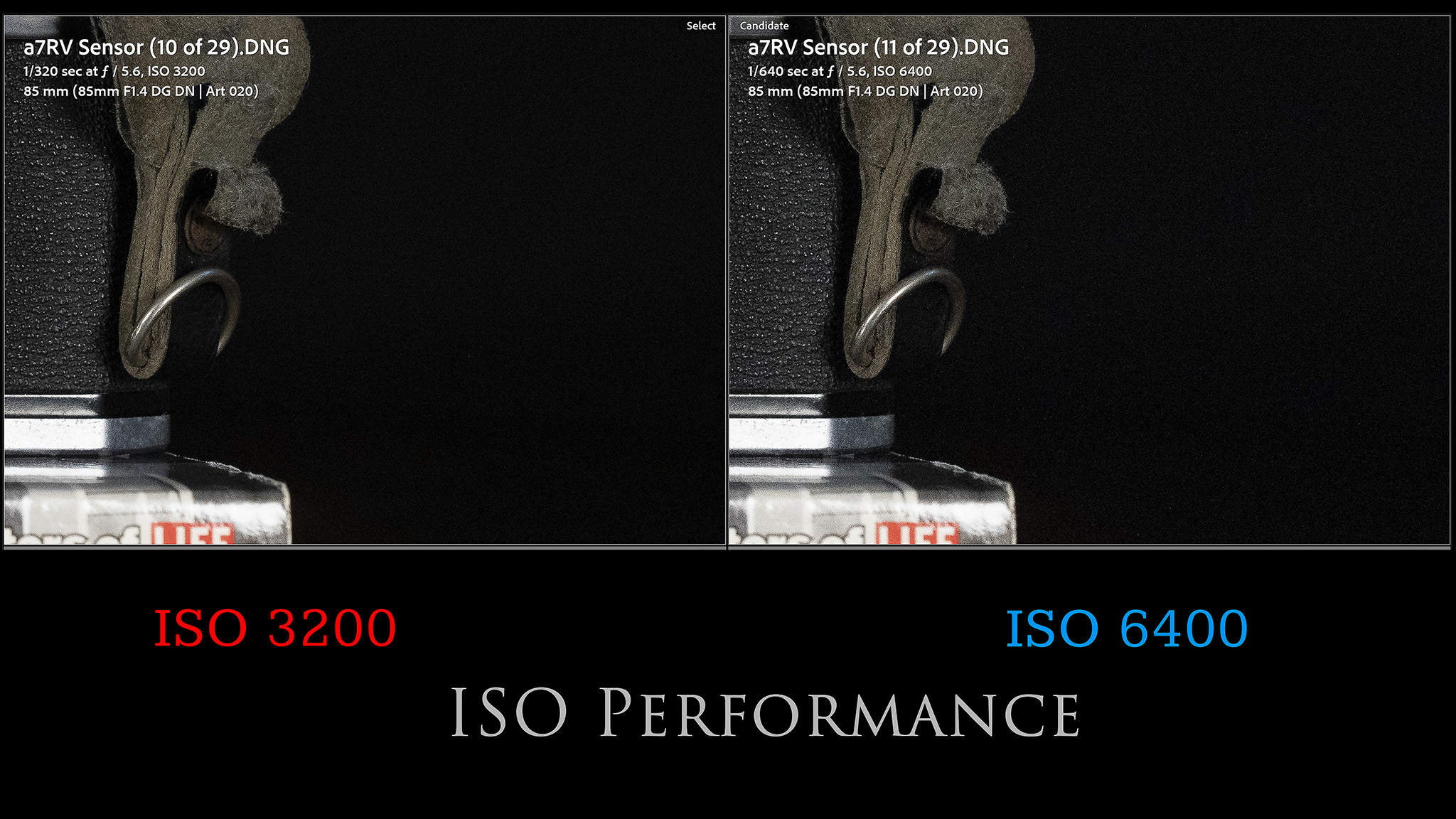
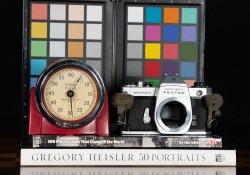
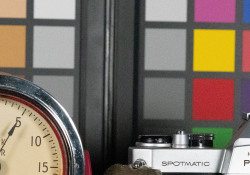
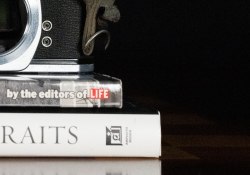
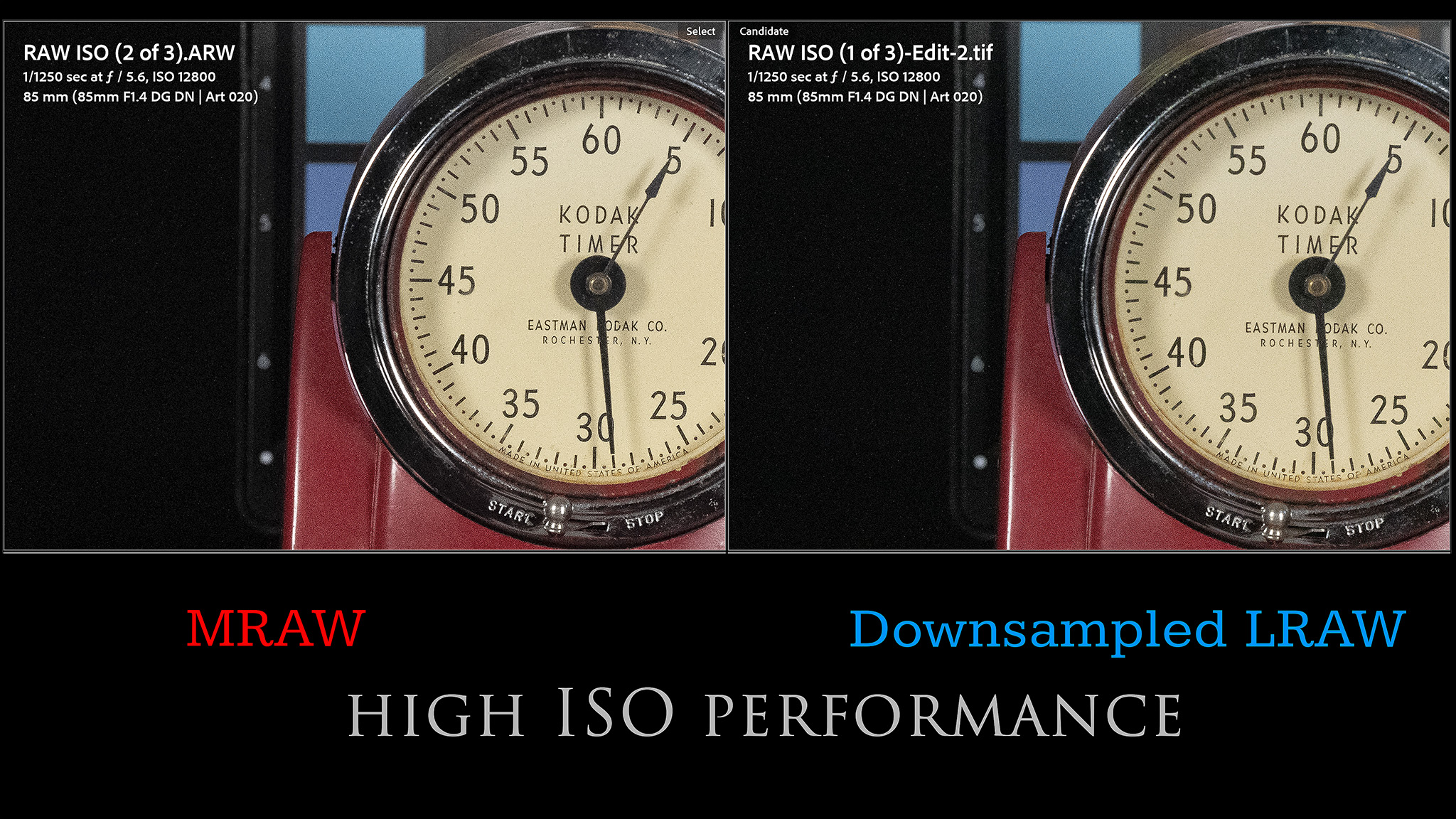
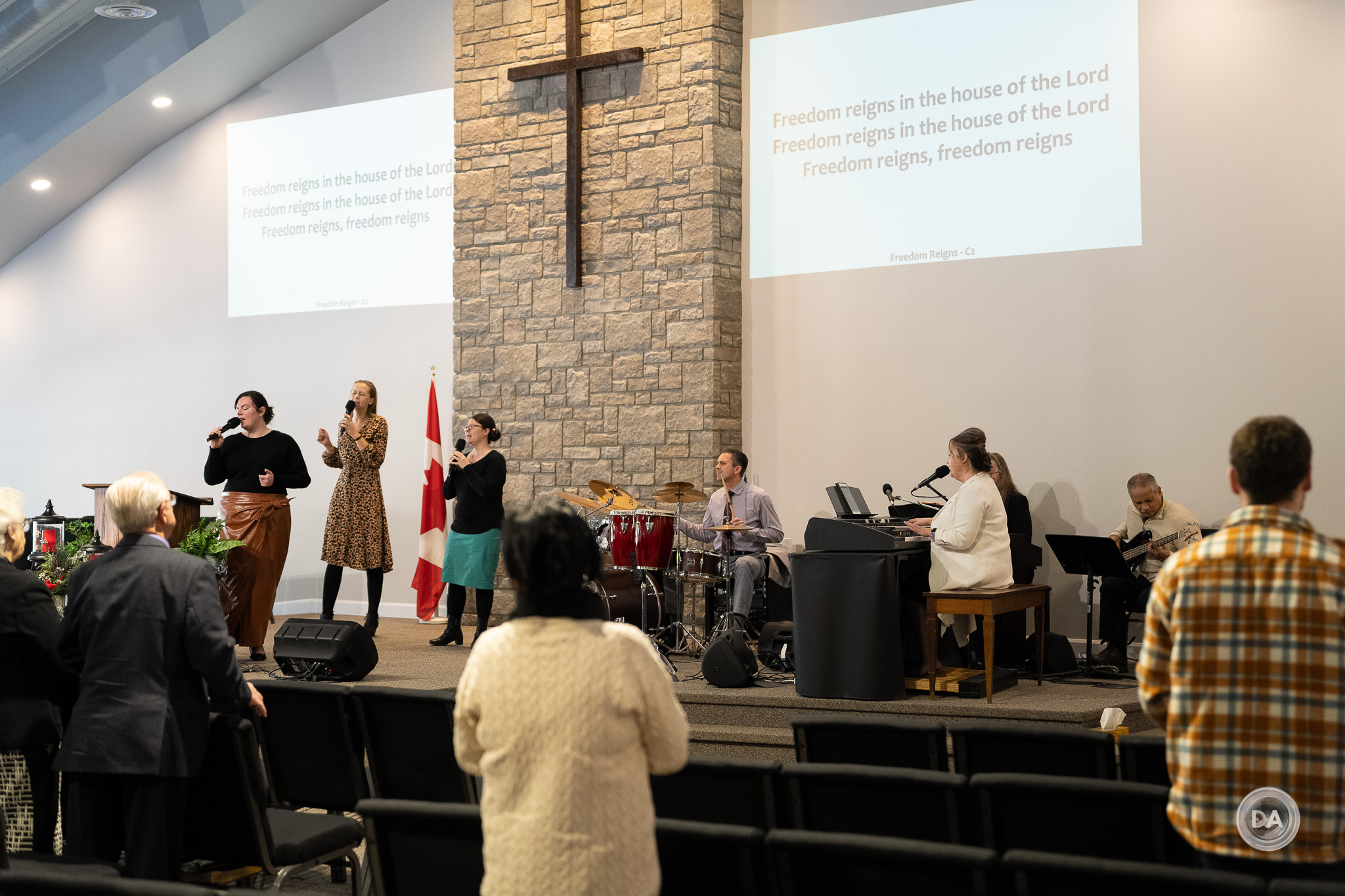
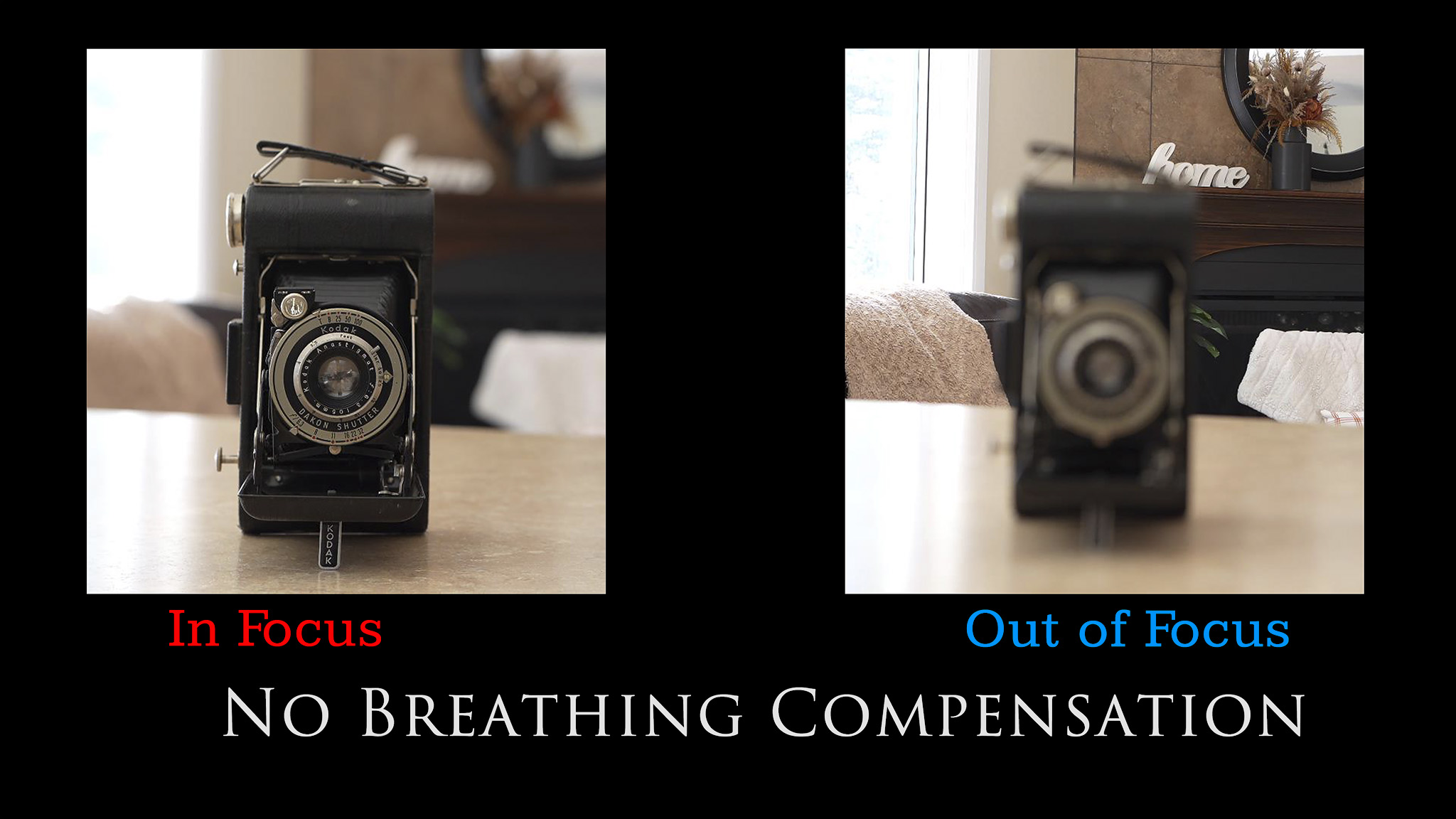

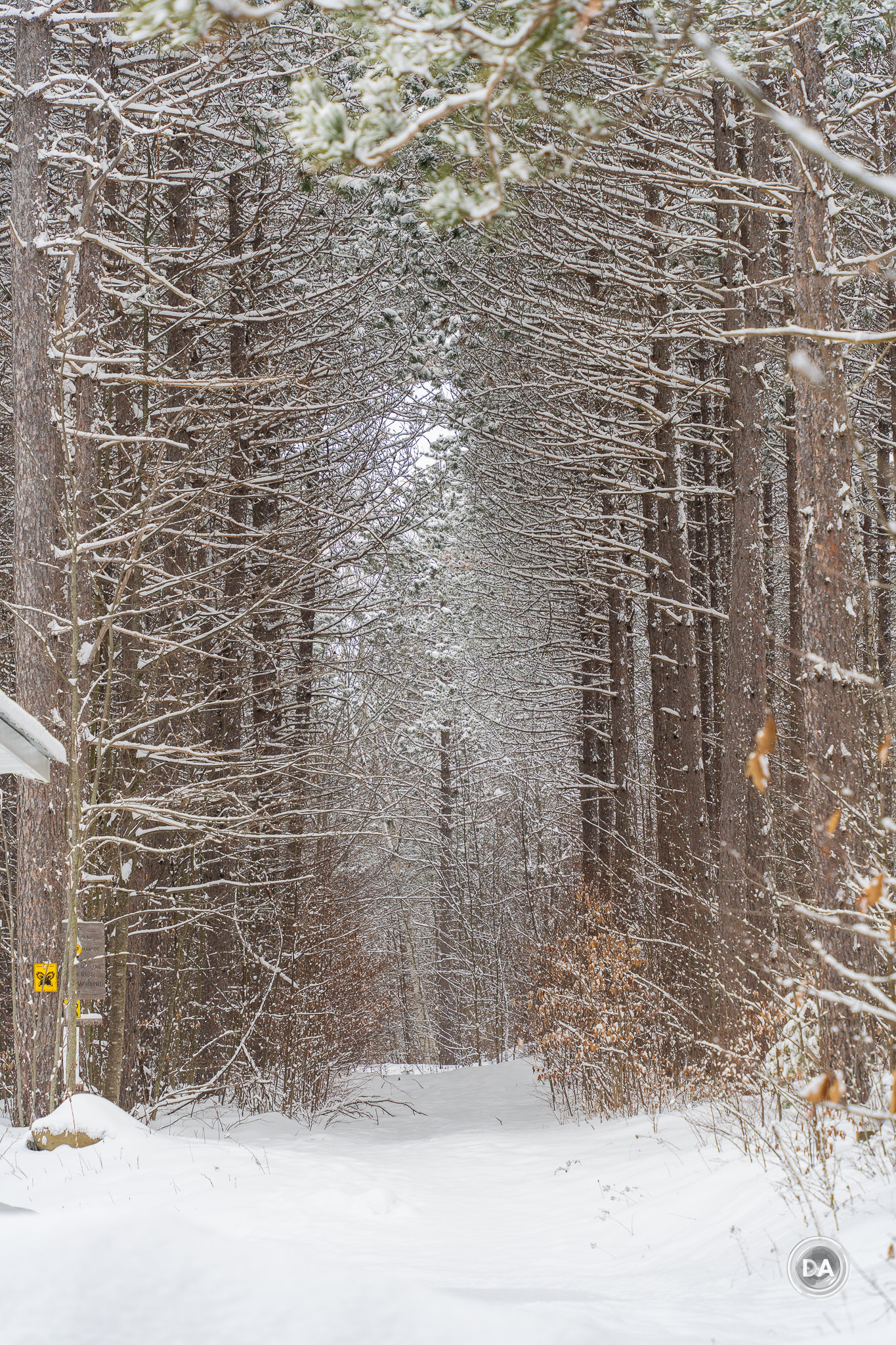
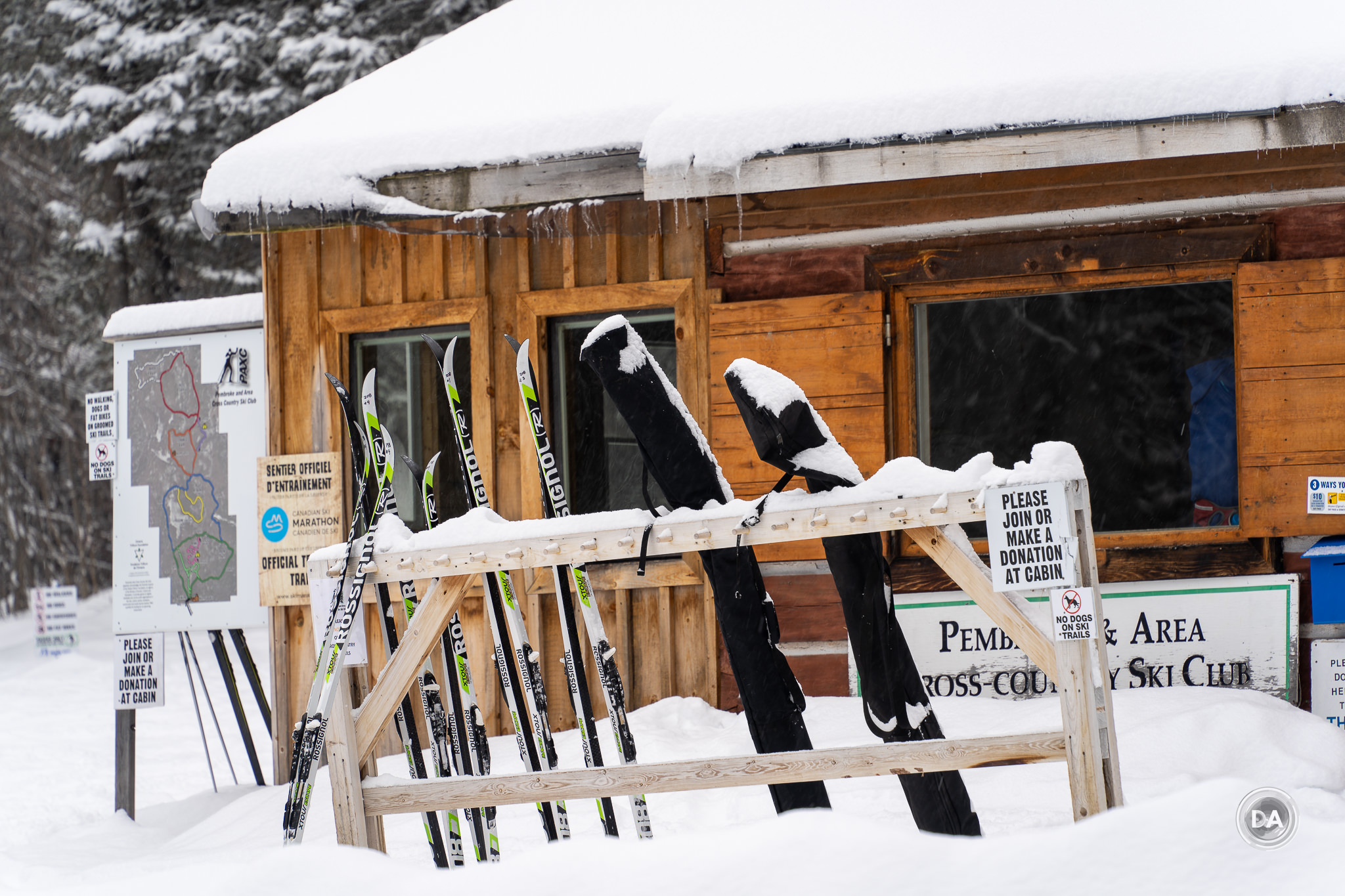




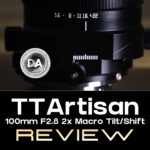





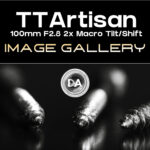
[…] can see my review of the Sony a7RV here…and here’s one photo sample from the […]